Nature’s Canvas: Tobacco Road
Nature’s Canvas: Tobacco Road
By Lee Pace

Martha Hudson was on her way out early one October evening from her job on the golf staff at Tobacco Road Golf Club in Sanford. But as she left the golf shop constructed in the log-cabin motif with the red metal roof and wound her way through the trees fronting the building and along the one road in and out of the property, she noticed the sun casting a fetching glow to the west. Programmed as she is now some six years into running the North Carolina Sandhills course’s social media platforms, she stopped her car, got out, jumped in a golf cart and hustled to the holes on the western edge of the property.

“Just following the sun,” she says.
She found a spot on the par-three 17th hole just beyond the left side of the wide and shallow green, looking back toward the southwest and the twilight gloam. She snapped an image with a mixture of blue sky, golden tinted clouds, three shades of green denoting different mowing patterns, sand and shadows on the course that opened in 1998 out of the fertile mind of architect Mike Strantz. She posted the photo on Instagram for the account’s more than 26,000 followers to view, not to mention others who would see the photo as it hopscotches across cyber-land via “tags,” “likes” and “shares.”
“So, so good,” came one reply.
“Phenomenal place,” came another.
“Dreamy, I’ll get there one day,” yet another viewer responded.

Hudson considers the iPhone in her hand and the volume of images she’s collected.
“I hate to think how many pictures are on my phone now,” says Hudson, whose title at Tobacco Road is Director of Brand Marketing and Retail. “I am by no means a trained photographer. Point and shoot is as extensive as I get. I understand the basic concepts. The iPhone makes it so much easier because of the quality of the camera.
“For me, it’s capturing all of what makes this golf course so unique. The features, the green shapes, the undulations, the light at different times of day and different seasons. I wasn’t here when the course was built, but the guys who where talk about how Mike saw everything as art. That artwork has matured over 20 years. That’s what I try to capture.”
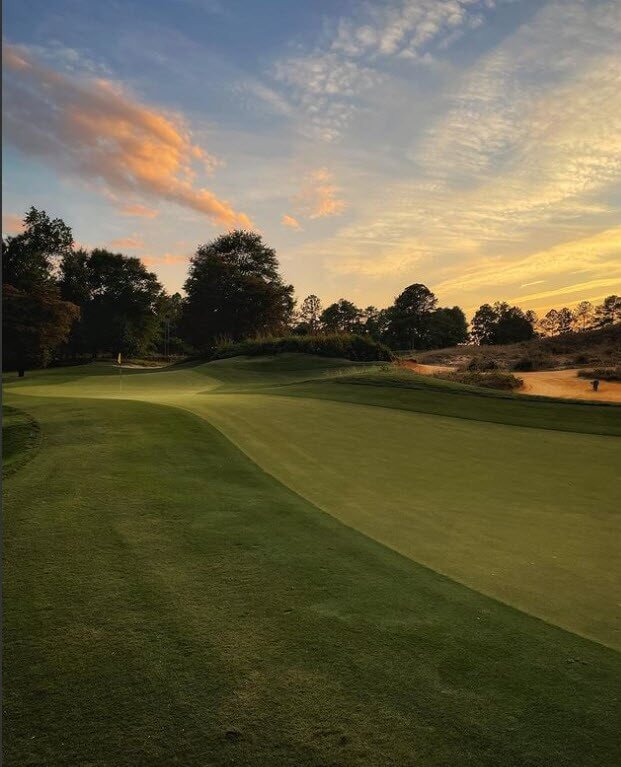
Tobacco Road is one of the Home of American Golf area’s most distinctive golf courses. It’s appropriate then that the club has one of the most cutting-edge social media presences. It can hardly rival the reach of Pinehurst Resort & Country Club with its 68.2k Instagram followers and a worldwide presence via more than a century of existence and its position as a U.S. Open “anchor site,” but Tobacco Road dwarfs every other golf venue in the area in how it cuts a wide swath on Instagram, the medium of choice for millennial and Generation Z golfers looking for eye candy and interaction with their fellows.

Hudson, a former collegiate golfer at the University of Alabama-Birmingham (UAB) and an English major, melds her love of golf — “the Game,” as she refers to it online — a one-of-a-kind golf course, her vocabulary and her camera into an eclectic mix of images and pithy descriptions.
“I have a concentration in creative writing, so the storytelling aspect of doing the marketing at such a unique place is fulfilling on a creative level for me,” she says. “Tobacco Road is truly a special place, and people are re-living experiences digitally, whether it’s going through their own photos or Instagram or whatever social media platforms they’re on. You get their attention, and then they’ll dig into whatever story you want to tell. A lot of golf courses never take advantage of the opportunity. It’s free. All it takes is effort, a little time and some creativity.”

A mid-1990s golf trip to Myrtle Beach by two Sanford friends and businessmen sparked the idea for Tobacco Road. Mark Stewart was president of Lee Concrete Company, and Tony Woodell was vice president of construction, and their company owned more than 200 acres of old rock and sand quarries and tobacco and soybean farm just off 15-501 south of Sanford. The proliferation of courses in the 1990s golf boom prompted them to wonder if a daily-fee course located between the population dense Triangle area and the international golf mecca of the Sandhills might work. They investigated the concept more and were led to Strantz, a former Tom Fazio protégé who had recently completed excellent work at Caledonia and True Blue near Pawleys Island, S.C.
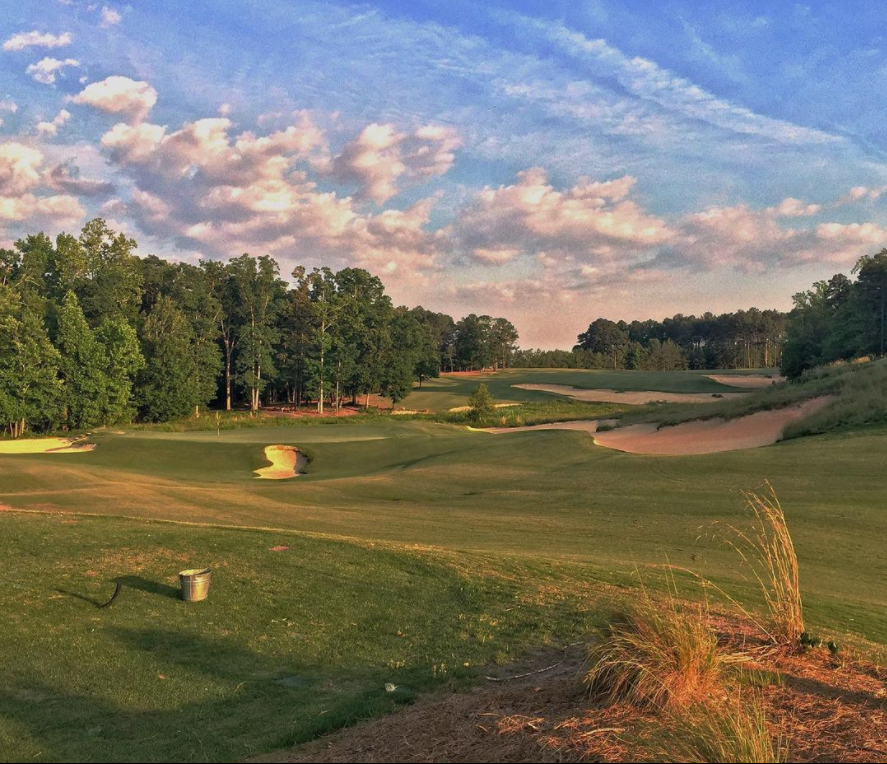
Strantz bequeathed the mid-Atlantic region with a half dozen dynamic new golf courses before his death from cancer in 2005, and his firm was named Maverick Golf Design for excellent reasons. The architect worked on one course at a time and set up living quarters at the new venue. He stood 6-foot-5 and sported shoulder length hair and a mustache. He rode a horse around the property and made intricate sketches of every hole, then turned the drawings over to his shapers. He would be covered in dirt after working the equipment all day or in paint after marking the lines of the various layers of the course — fairways, fescue rough, love grass, areas to be left in their natural sandy state. The club’s logo is comprised of a deer skull that Strantz found while building the course.

“I remember his passion most of all,” says Joe Gay, the club’s original director of golf who retired in 2015. “He was so enthusiastic about everything. He was excited all the time. We feel blessed Mike provided us with this golf course before he passed away.”
Today the course is ranked No. 49 on Golf Digest’s list of America’s 100 Greatest Public Courses and No. 35 on GOLF magazine’s Top 100 Courses You Can Play. The course closed for two months in the summer of 2014 to convert its greens to MiniVerde Bermuda.
“It is so visually stunning and the images just get seared in your mind at certain places, and it just makes you want more,” Hudson says. “You want to understand more of the golf course and why Mike did that or maybe how you could have played it differently.”

Hudson grew up in Black Mountain, just east of Asheville, and played golf in high school in the early 2000s and moved on to UAB. She worked at a daily fee course in Birmingham before being hired at Tobacco Road in January 2015. Gay retired later that year, Chris Brown moved up from head professional to director of golf, and Hudson was given more responsibilities, including managing the social media platforms. The course’s Instagram account had under 500 followers at the time.
“Martha has done a great job,” Brown says. “Some people are good with the photos, some with the words. She’s skilled at both. Add to that the fact that everybody has a mobile TV studio in their back pocket. The younger audiences are coming through the door, the guys attracted by Bar Stool and places like that. People get information today through so many different sources. I’m 53. I don’t have to understand it or always agree with it, but I know it works.”
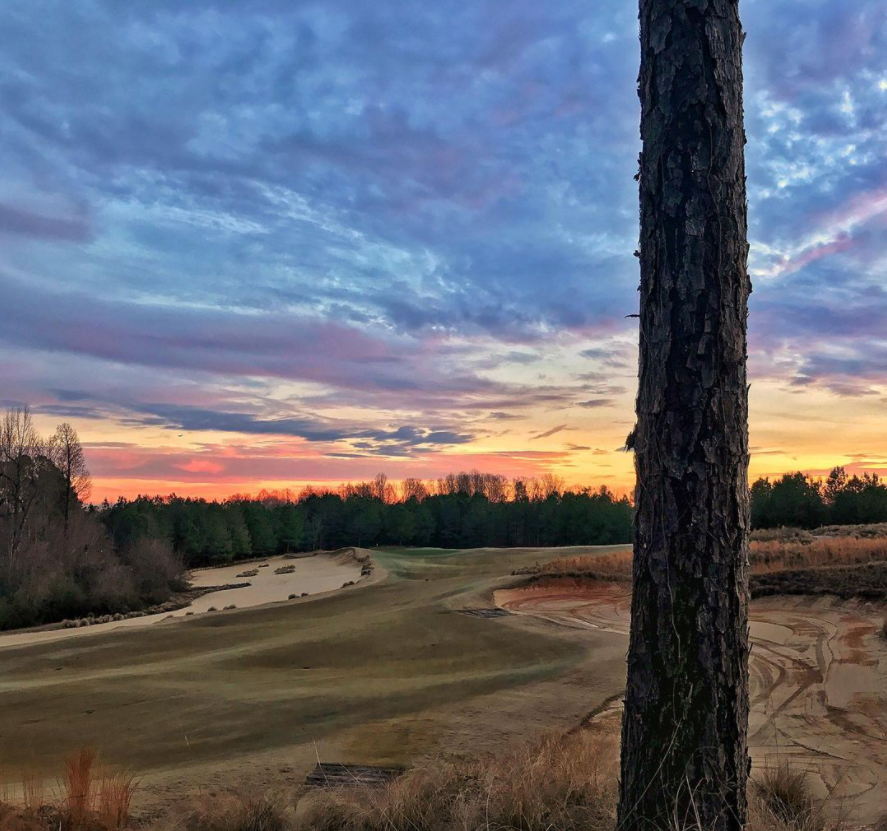
Hudson works the skies, shadows and seasons with dexterity. Showcased at various times, for example, are the mottled grasses and dramatic hillocks around the blind-shot 13th green; the mammoth mounds bordering the pathway of the tee shot on the first hole; the weathered railroad ties up to the ninth tee or others providing access to bunkers around the course. There are misty mornings and full moons at dusk, the ecrus of dormant grass in the winter.
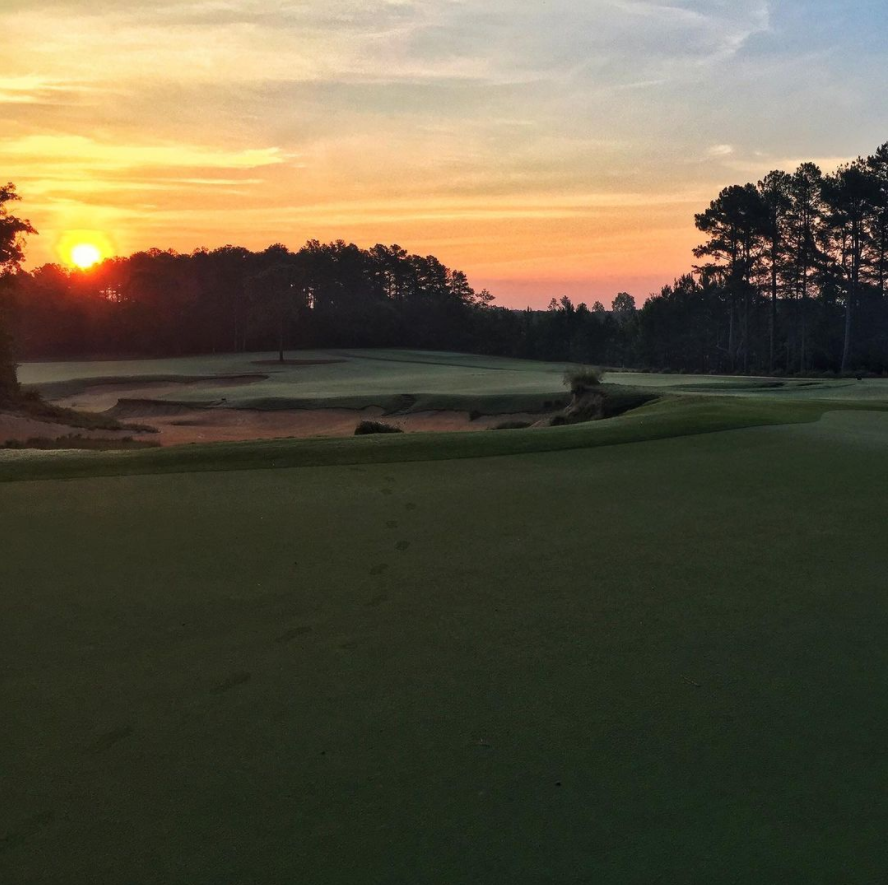
One image resplendent in shadows, colors and angles is accompanied by the text:
“The land waited …
“For discovery,
“For cultivation,
“For purpose
“For an artist.”
Tobacco Road certainly found its artist in Mike Strantz. Now it has Martha Hudson to keep the flame.
Chapel Hill based writer Lee Pace has written about golf in the Sandhills since the late 1980s and has authored a dozen books about clubs, courses and the people who’ve made it special over more than a century.
Other Blogs

10 Great Things To Do
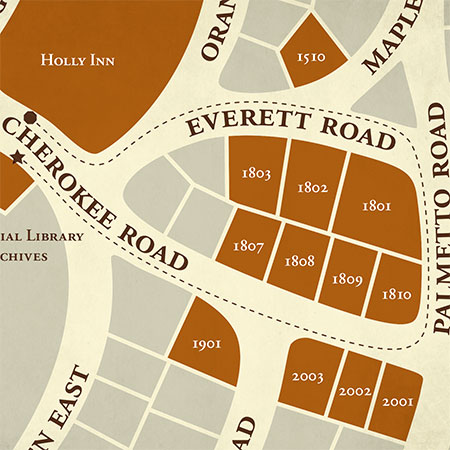
Discover The Path To Pinehurst’s Past

Insider Golf Tips

Unique Wedding Venues

North Carolina Couples Vacation
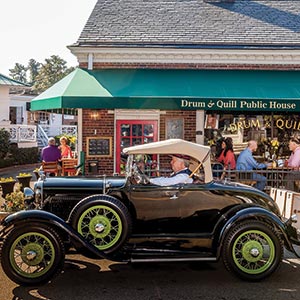
Our Favorite 19th Holes in the Home of American Golf

Girlfriend Getaways

Tobacco Road: A Truly Unique Golf Adventure
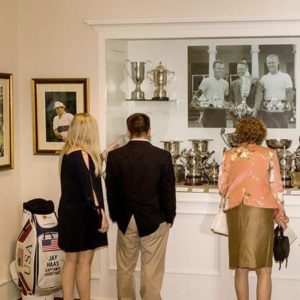
Carolinas Golf Association Hall of History

Where the Ladies Golf
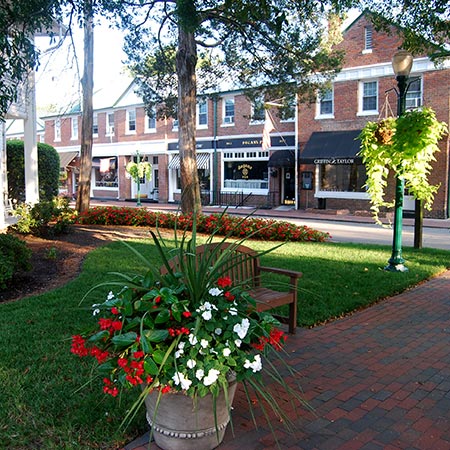
Romancing Pinehurst
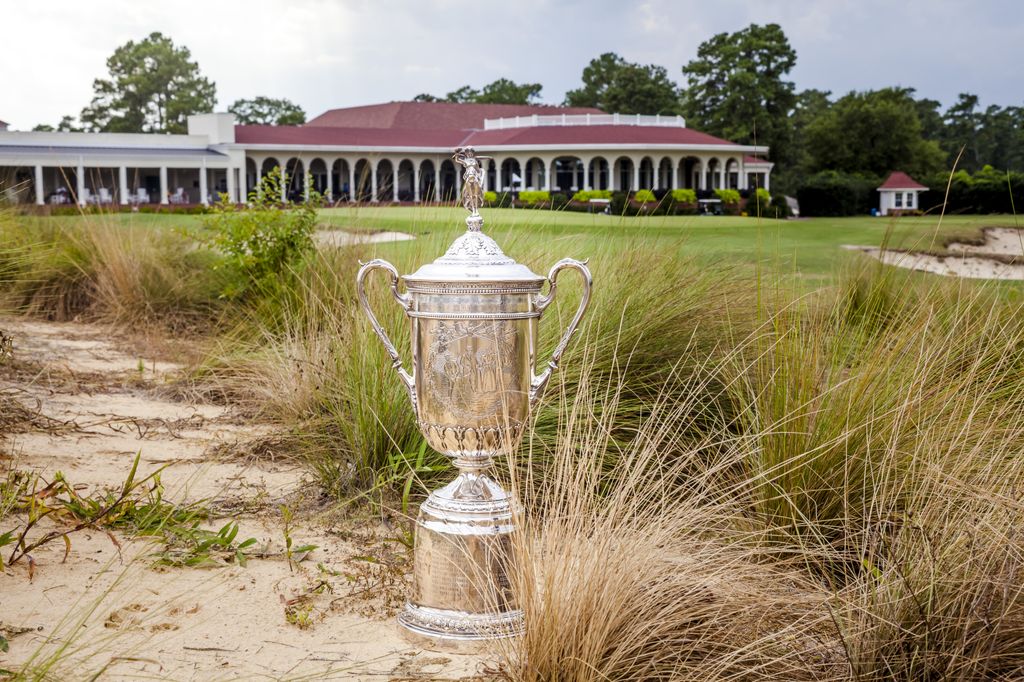
Home of American Golf and U.S. Open Connections

Former U.S. Open Champions Provide Pinehurst Area Some of Its Finest Designs

Donald Ross First of Many Architects to Design U.S. Open-Quality Courses in Sandhills
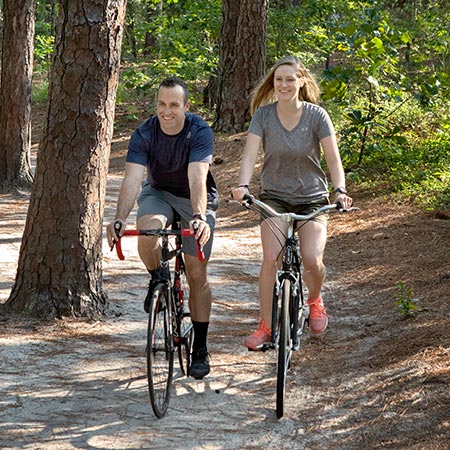
Sandhills Offers Outstanding Variety of Outdoor Activities
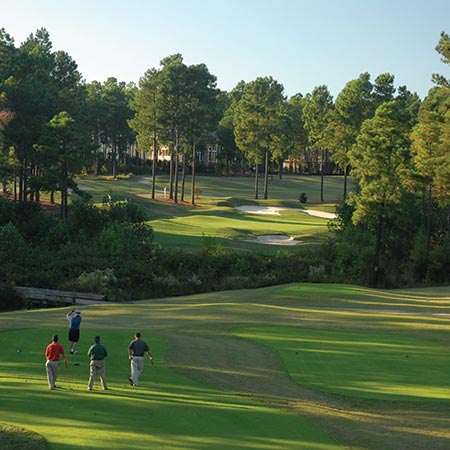
Buddy Golf Trip
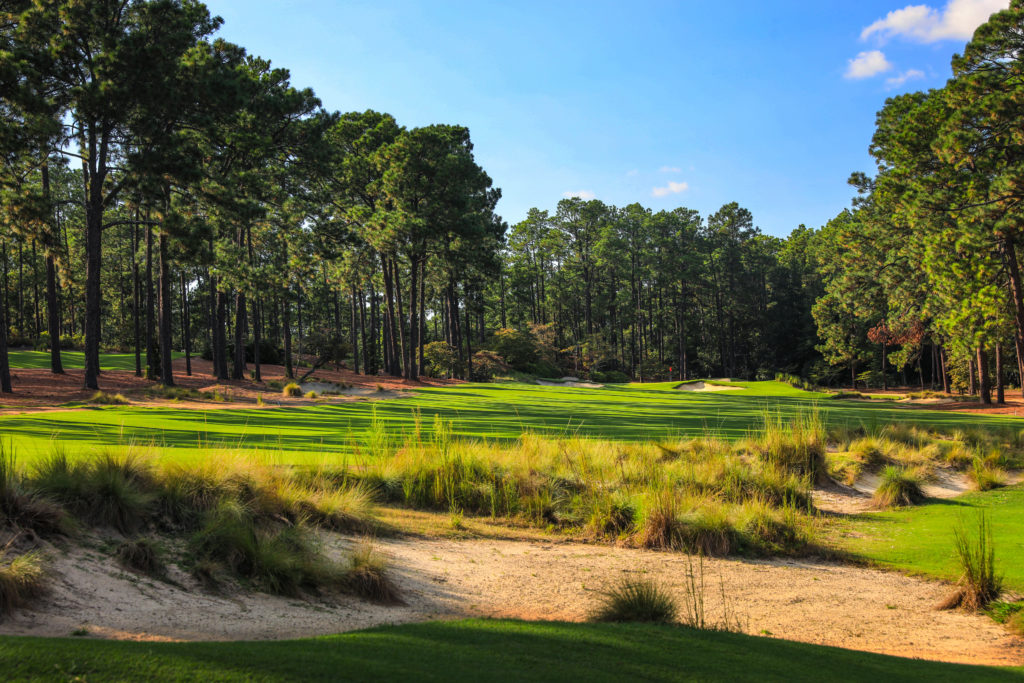
18 Holes of Local Knowledge for the Sandhills Golfer

The Family Fun Trip
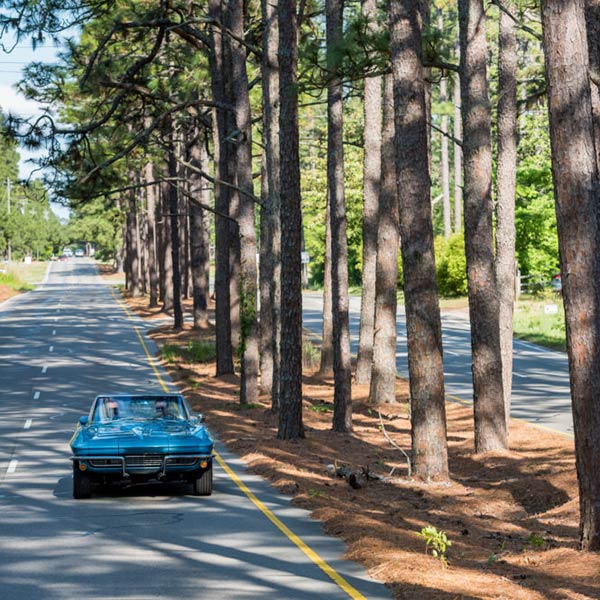
Midland Road: The “Fifth Avenue of Golf”

Collards, Community and Collaboration
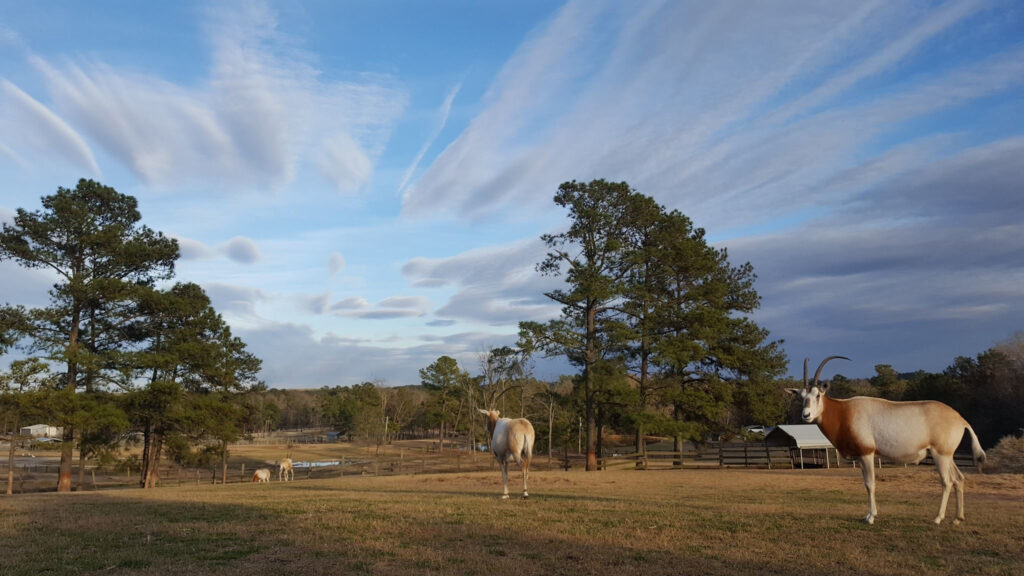
10 Little-Known Facts About North Carolina’s Pinehurst/Southern Pines Region

Sandhills Holiday Gift Guide
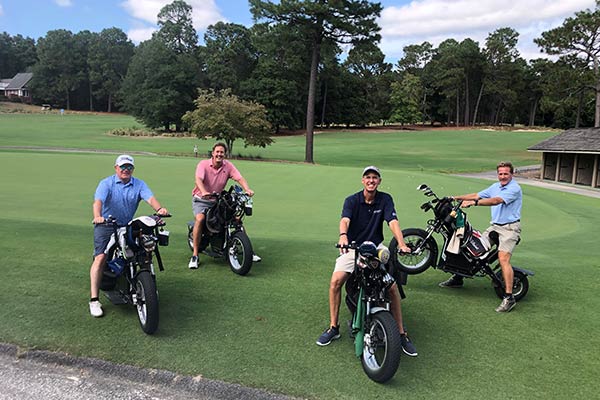
Spring Primer: Local Knowledge from the Home of American Golf

Our Favorite Coffee Shops in the Sandhills
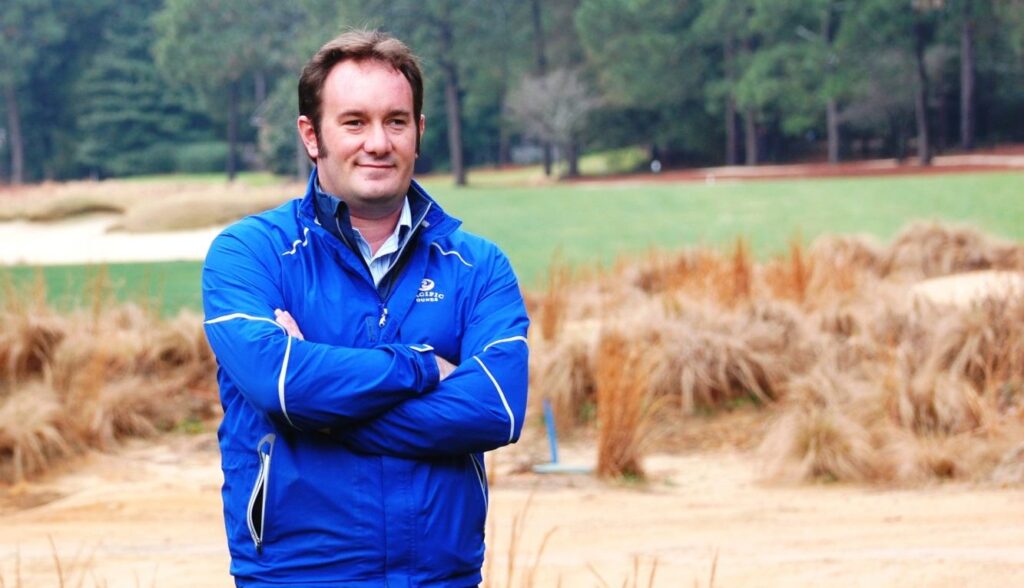
Franz Creating Legacy on the Links

Bring Fido! Pet-Friendly Finds Among the Pines
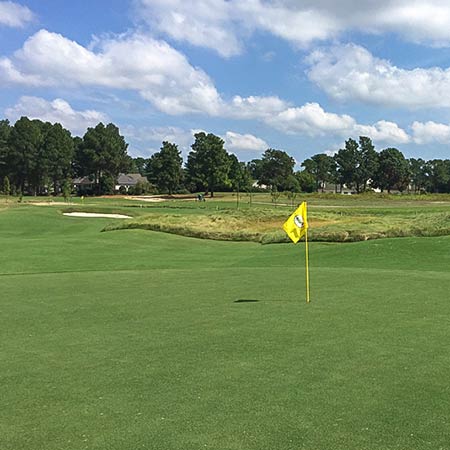
Bottlebrush: Pinehurst Area’s Best Kept Secret
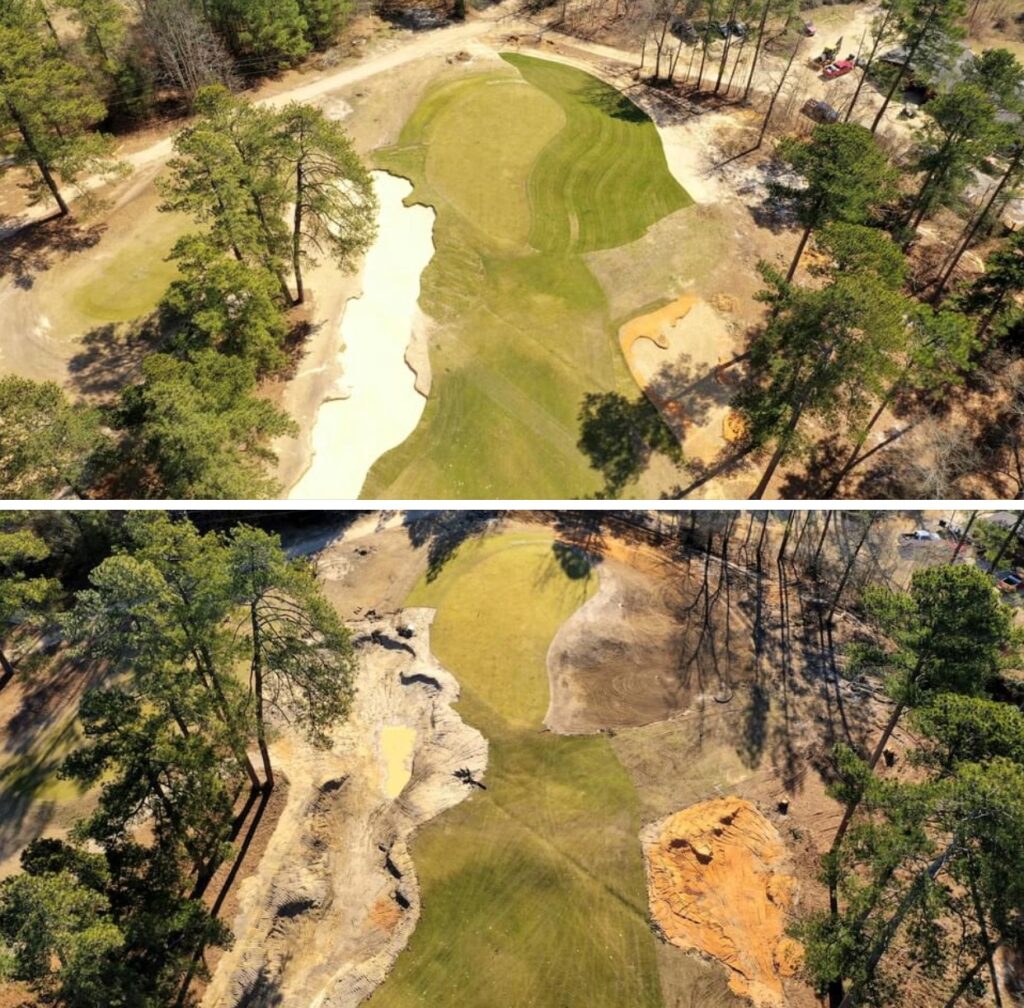
Franz Part 2: The Legacy Continues

Why Visit Pinehurst If You Don’t Play Golf?

First Timer’s Guide to Pinehurst
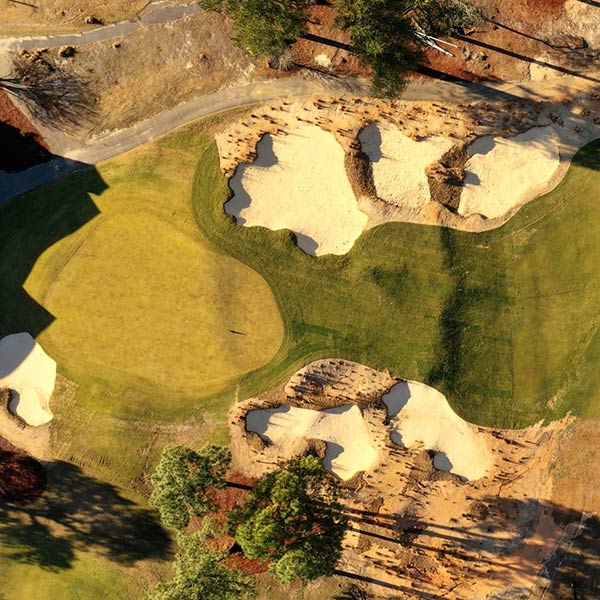
Franz Part 3: On Sandhills Topography
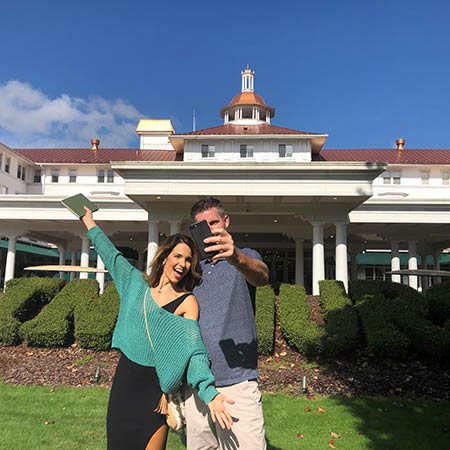
Top 10 Places for a #Sandhills Selfie
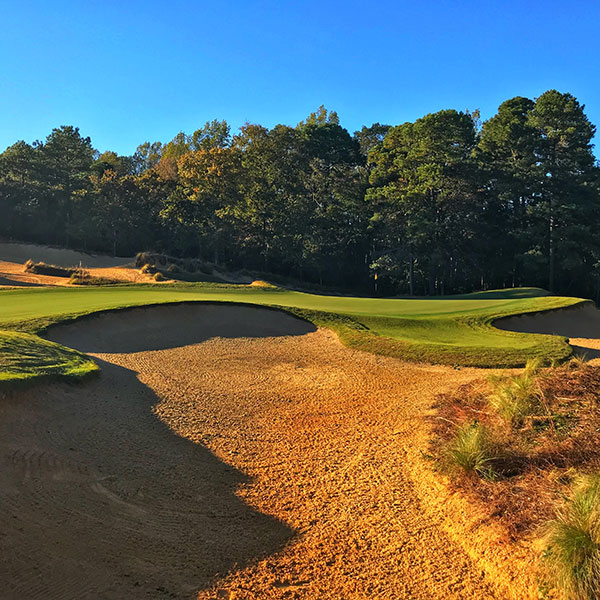
“Bermuda Revolution” Around Sandhills Leads to Ideal Year-Round Golf

Hunger Games – Sandhills Golfers Dining Guide
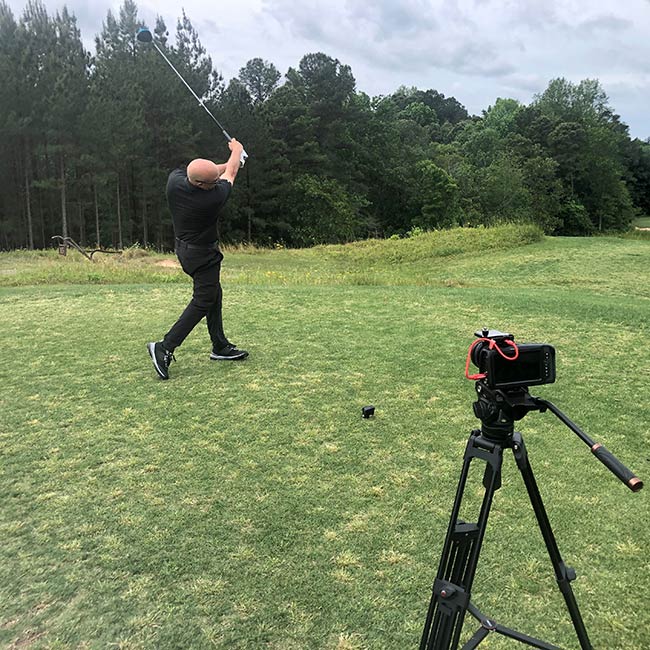
Episode 1: Golf Tips with Nick Bradley

Episode 2: Golf Tips with Nick Bradley

Sandhills Embraces Walking Culture
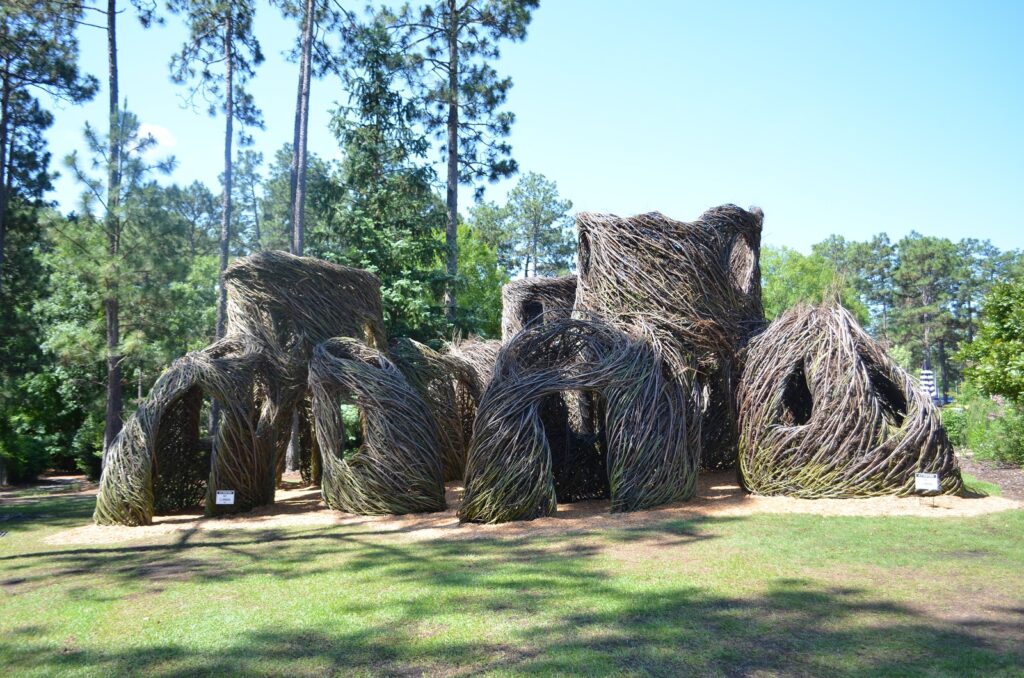
Patrick Dougherty: The Stickman Cometh

Dining A to Z

Fall Renewal in the Sandhills

Pinehurst’s Ryder Cup 1951

No. 2 Celebrates 10 Years

2004 Ryder Cup That Wasn’t

Family Fun in the Sandhills
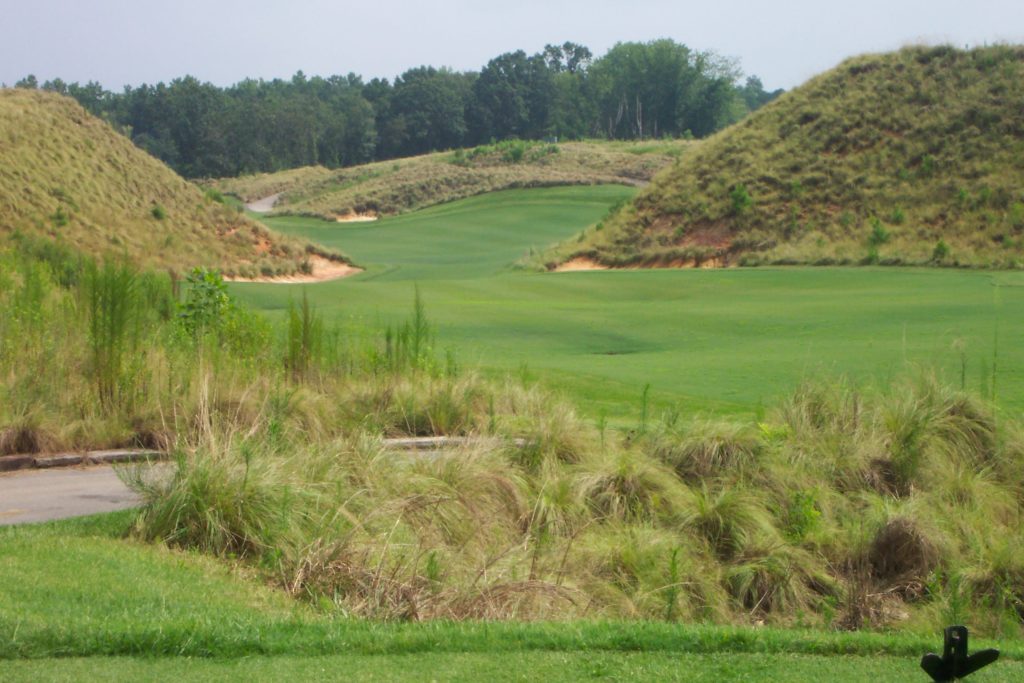
Remarkable Golf Stays in The Pinehurst Area

Couples Weekend Getaway Ideas

Perfect Getaway to Southern Pines

Culinary Discoveries in the Sandhills of N.C.

Restaurant Roundtable Q&A
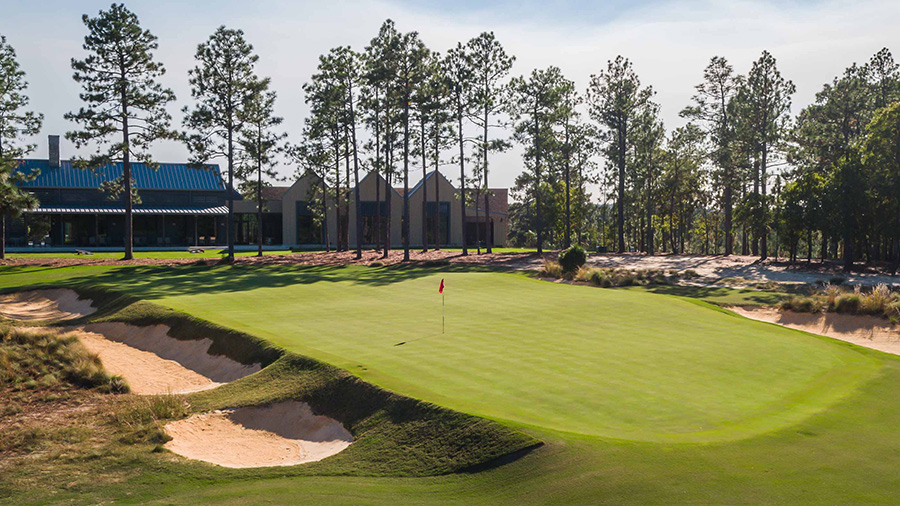
Dormie Club’s New Era

Talamore and Mid South: History of Their Own

Undiscovered Pinehurst

Off for Pinehurst
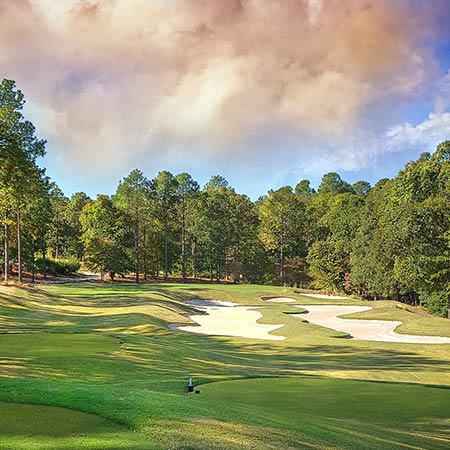
Talamore Doing More for 2022
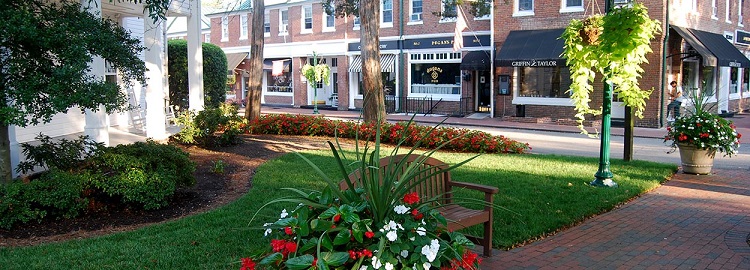
Romantic Gift Ideas In Pinehurst Area

Foodie Weekend in the Sandhills
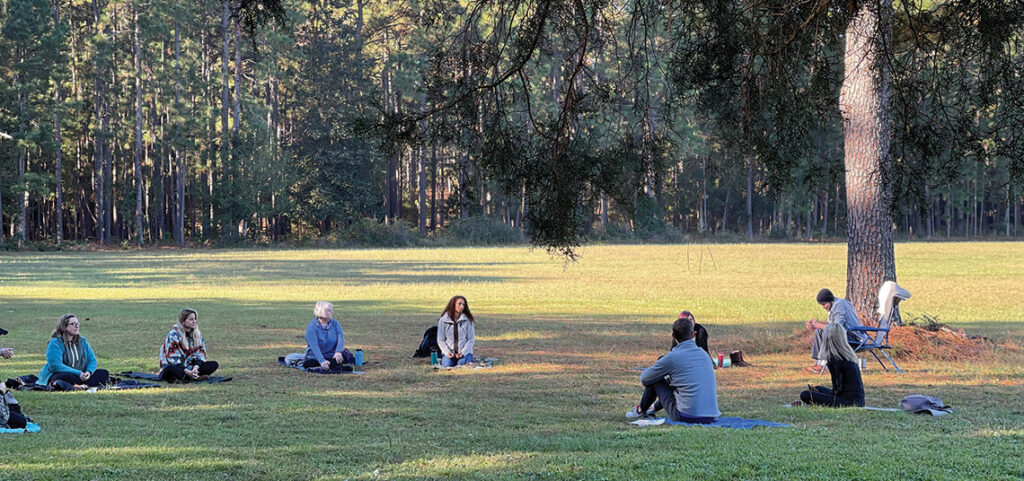
Wellness in the Pines

The Military Means Business in the Sandhills
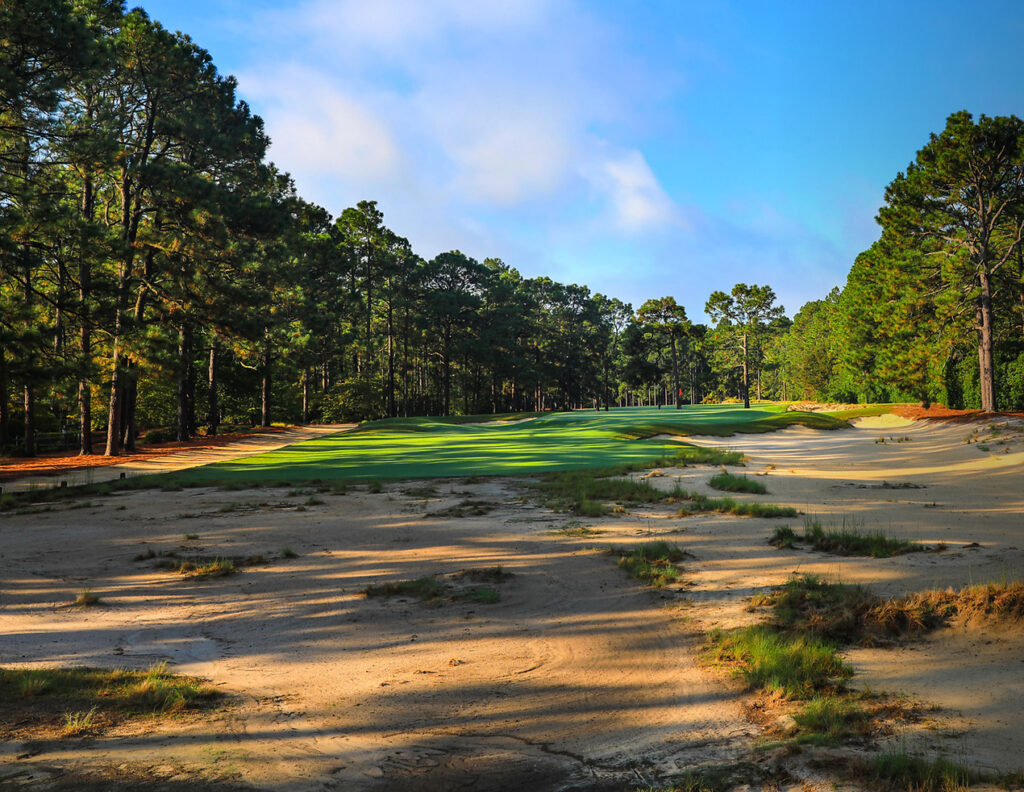
Pine Needles Goes Back in Time

Grande Dame of Women’s Golf

A Guide to Berry Picking in the Sandhills
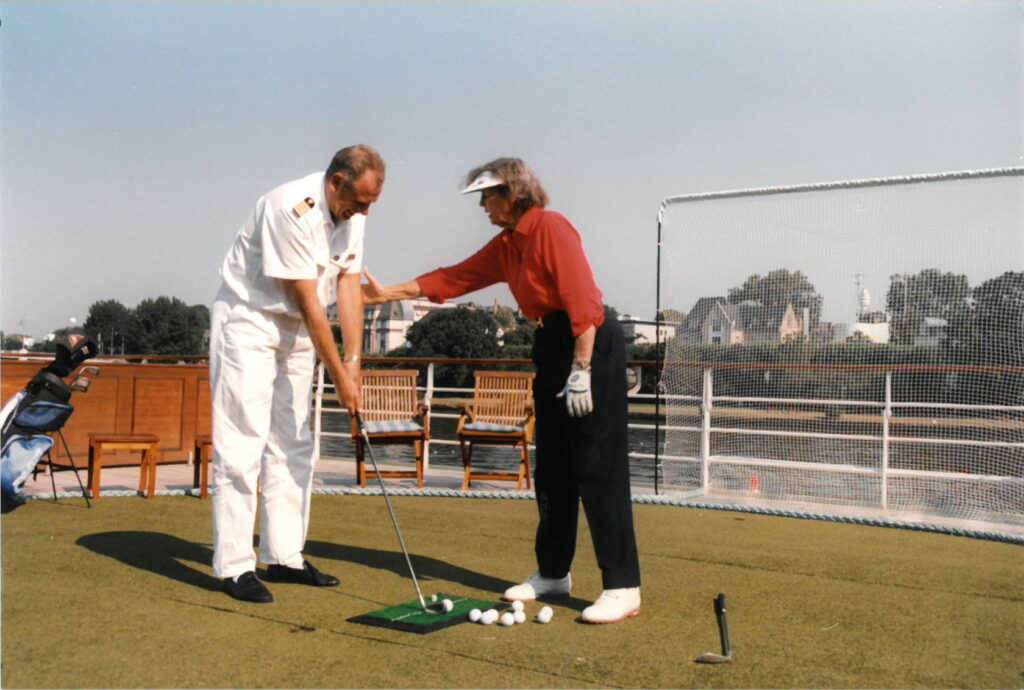
Waltzing on the Danube with Peggy Kirk Bell

From Cradle to Cradle

Donald Ross Could Golf His Ball
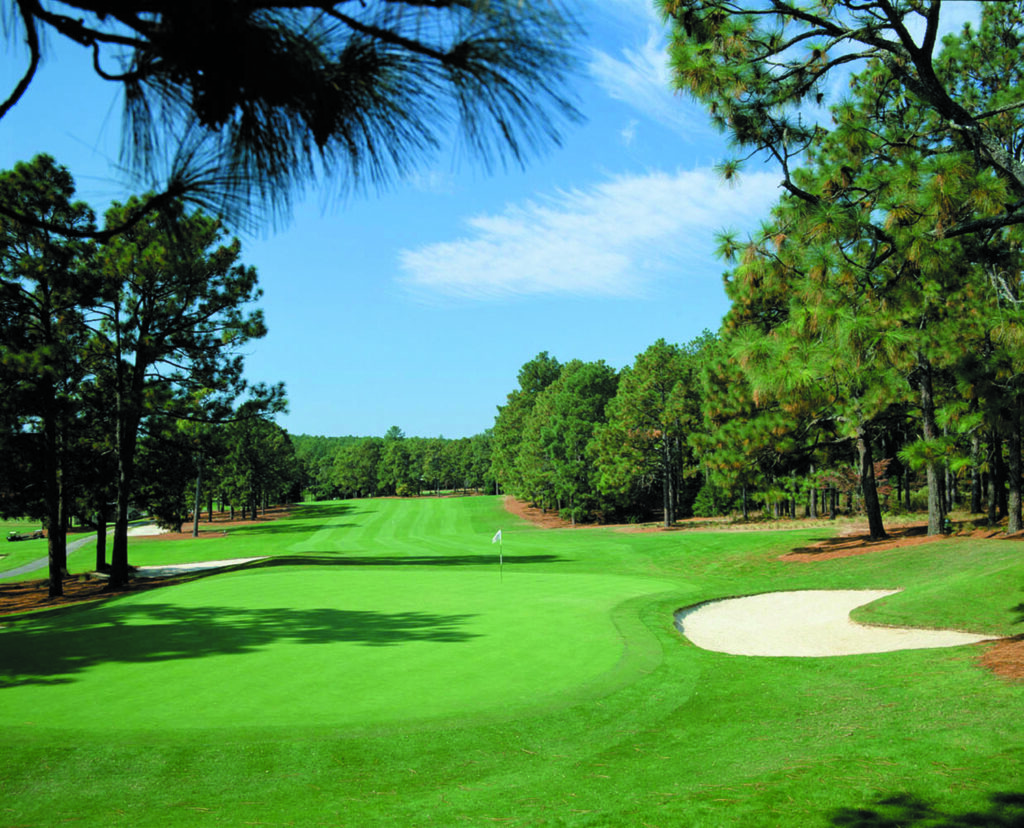
No Resting on Laurels Around the Home of American Golf

Flower Farms in the Sandhills
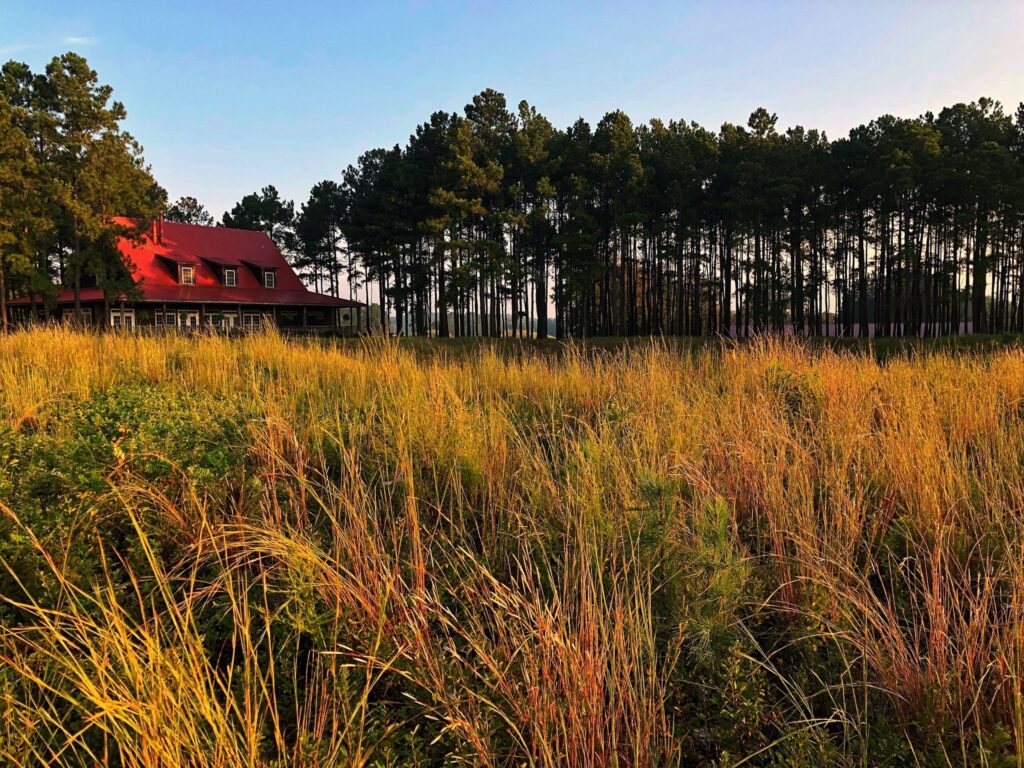
Fall into Pinehurst Golf

What Goes Around…
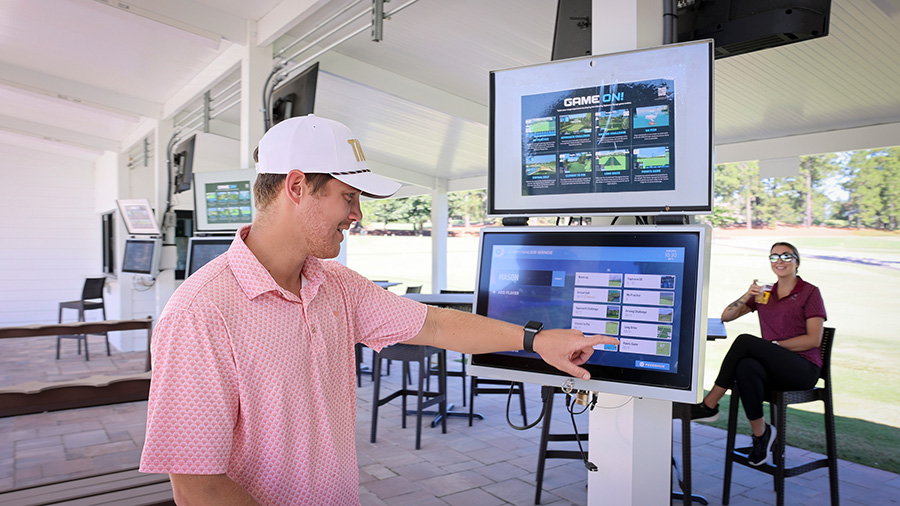
Talamore Resort Debuts New Toptracer Range

The History of the Pinehurst Inns

“For me, Pinehurst is such a special place for golf!”- Tom Fazio
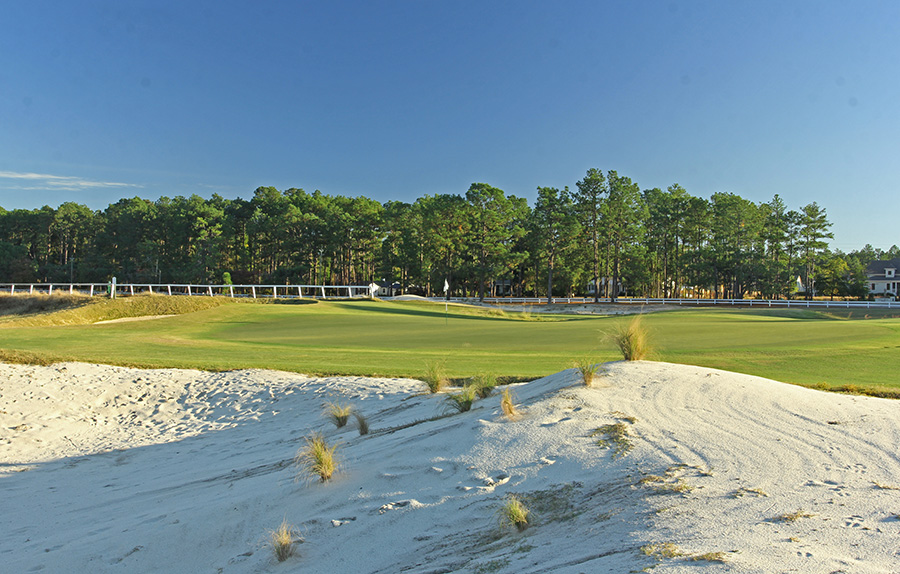
Maples Roots Run Deep in Sandhills Golf Design

New Southern Pines Mural

Pinehurst Area Buzzing with 2023 Excitement

Discover the Sweetness of the Sandhills
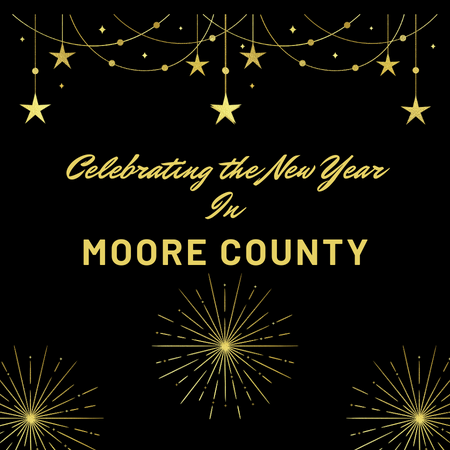
Celebrating the New Year in Moore County

The Big Three
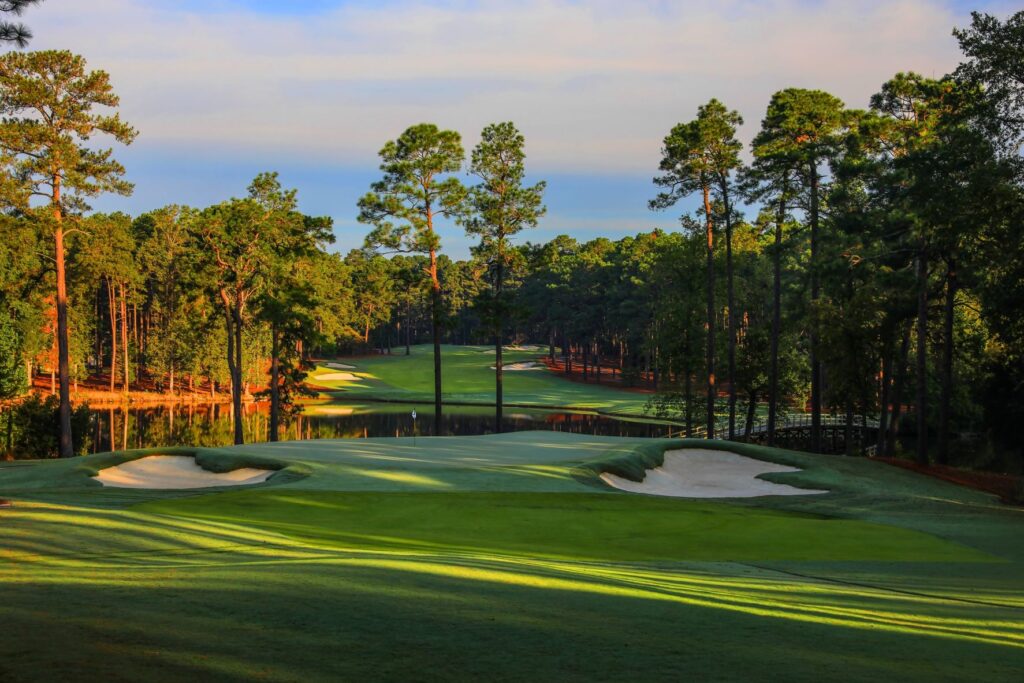
Jones Family Imprint
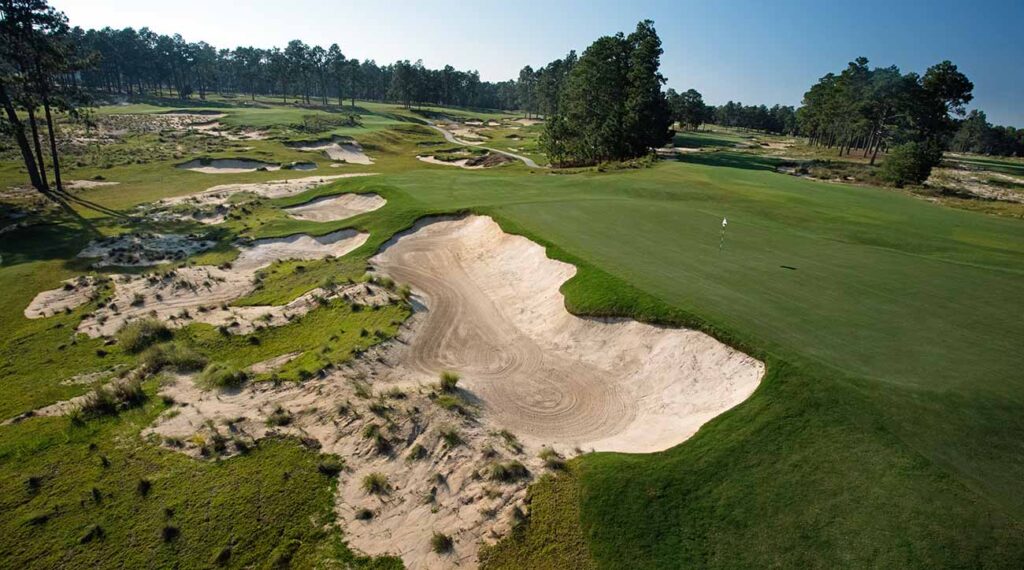
The Hanse Touch

Coore & Crenshaw Roots Run Deep
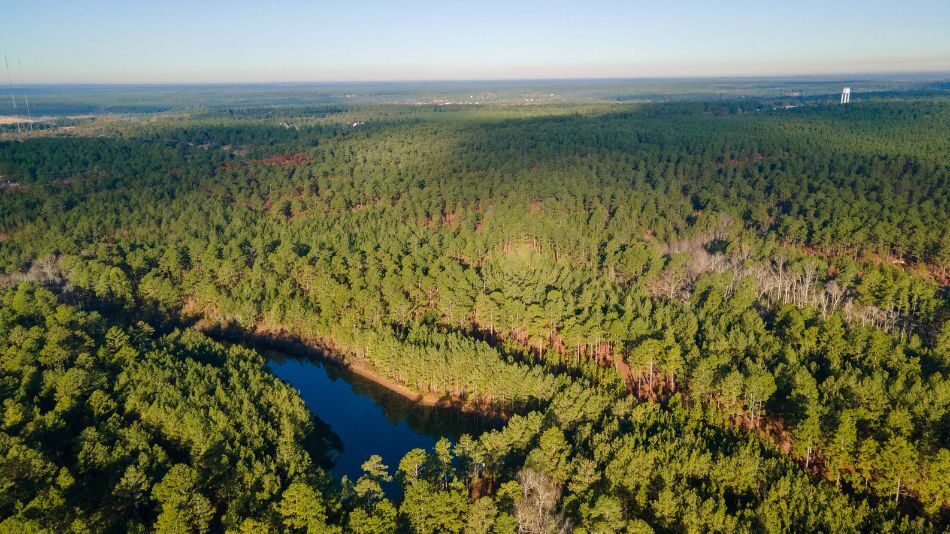
Pinehurst Resort Announces New Course to be Designed by Tom Doak
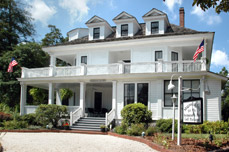
PINEHURST’S MAGNOLIA INN REOPENS
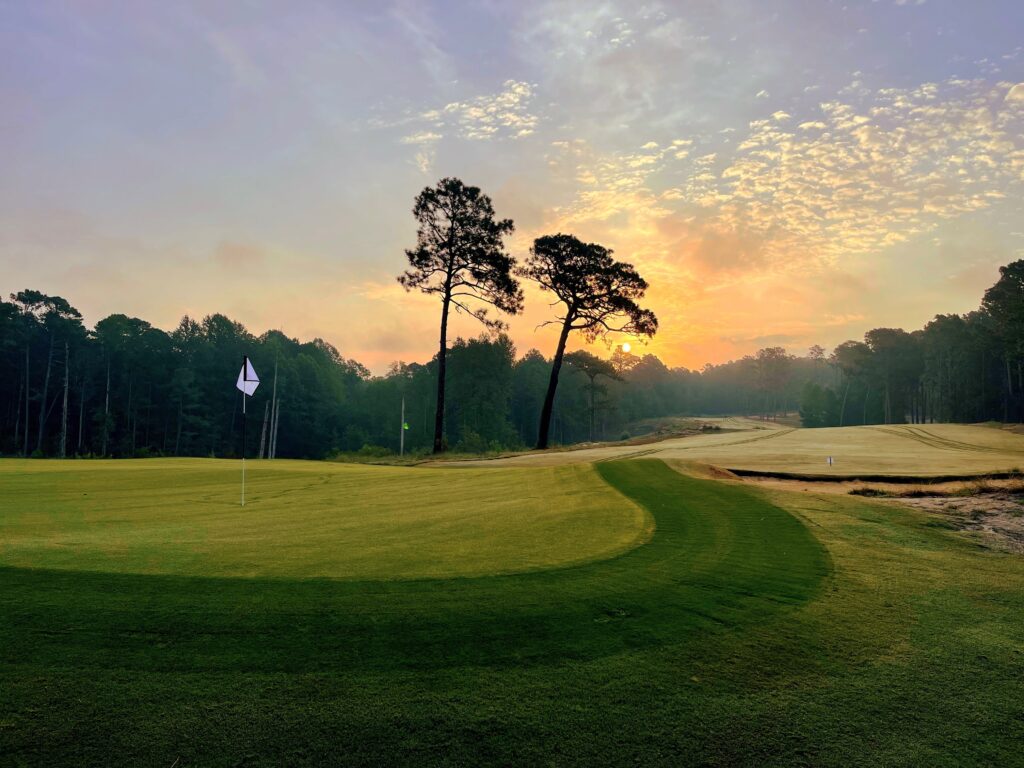
Southern Pines Golf Club Recognized
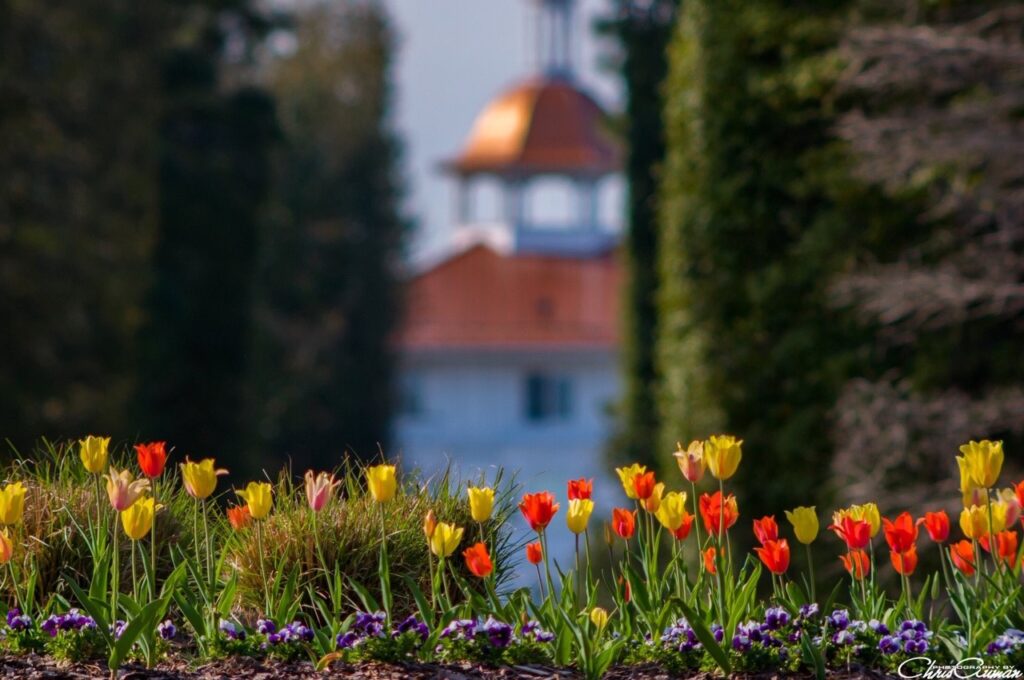
Spring in the Sandhills

Mother/Daughter Weekend in the Sandhills
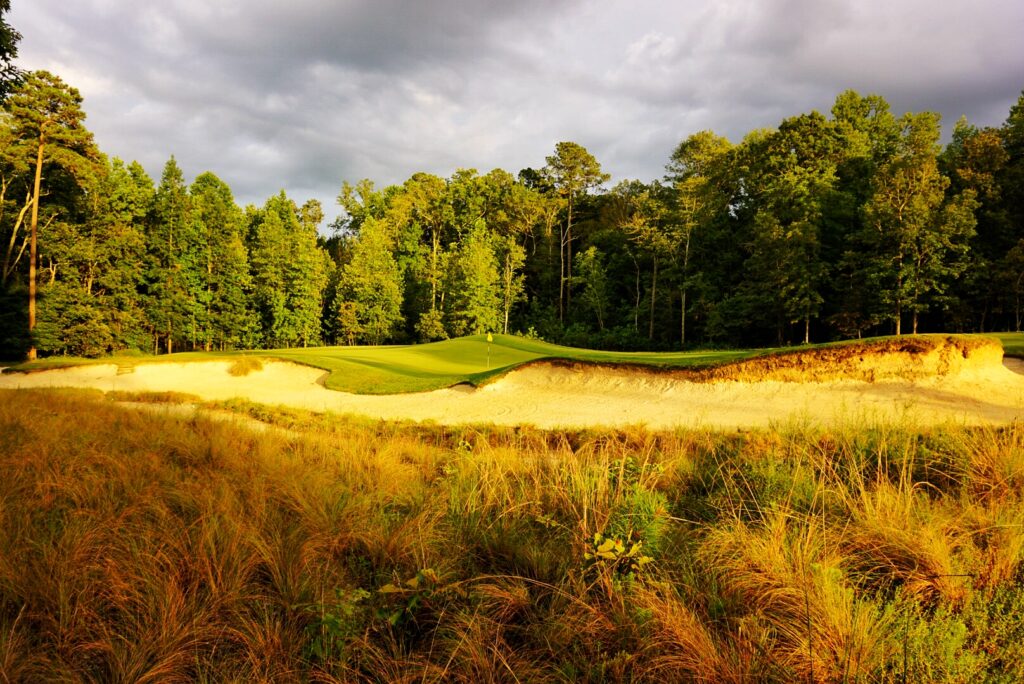
A Few of Our Favorite (Golfing) Things
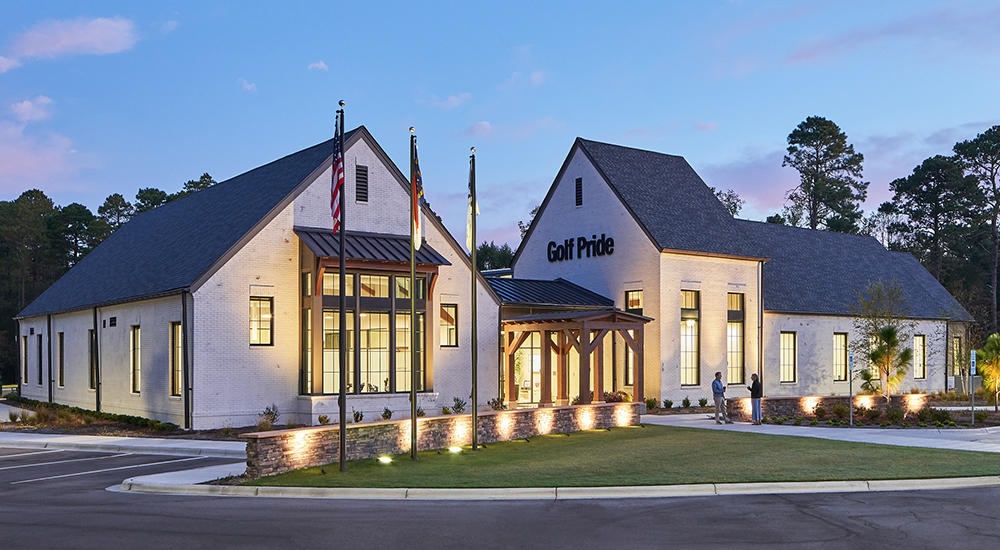
Golf Pride Retail Lab a must-see experience for your Pinehurst itinerary
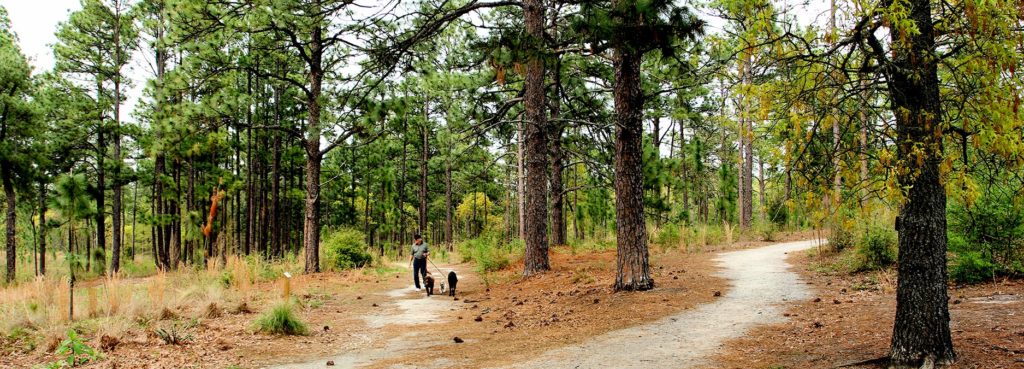
6 Trails to Explore for the Year of the Trail

Pinehurst No. 2 Still Ranked Best Course in NC

Sandhills Ecology 101
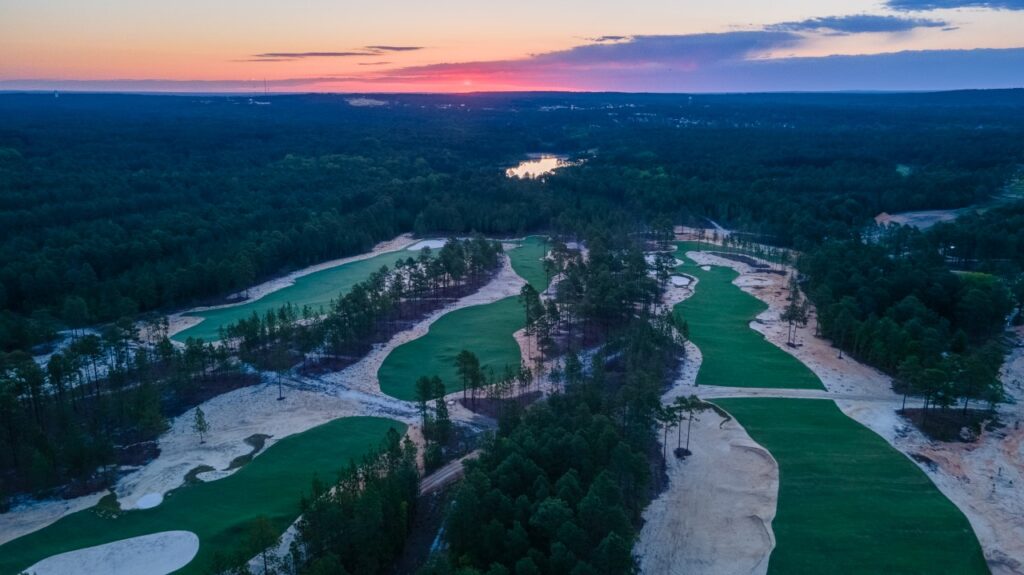
X Marks the 10-Spot

Best Date Night Ideas in the Sandhills
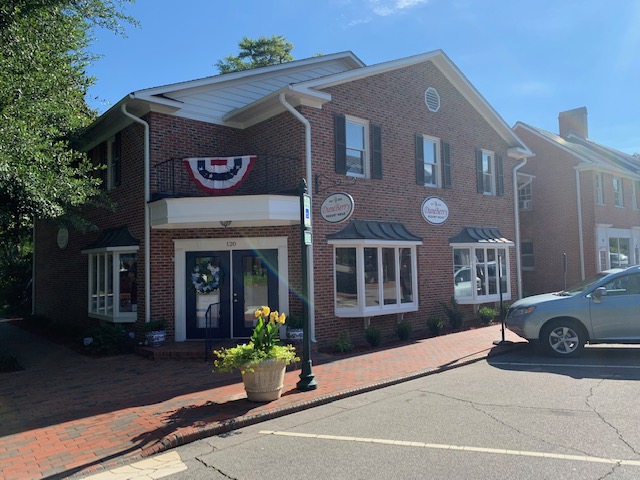
Small Towns Big Style

9 Urban Trails Around Pinehurst Area
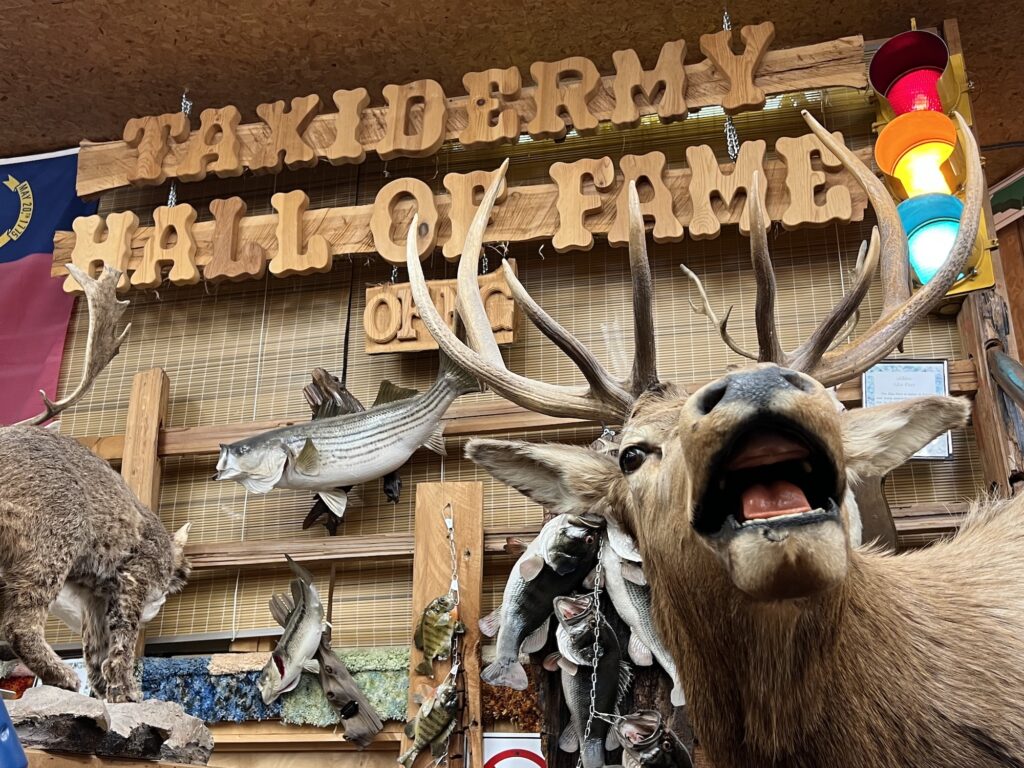
Uniquely Pinehurst

2024 U.S. Open: A Look Ahead

1999 U.S. Open: A Look Back

A Restorative Weekend Getaway at Tanglewood Farm B&B in Southern Pines
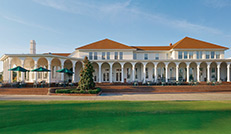
Top Things To Do On A Long Weekend

Independence Day in the Sandhills
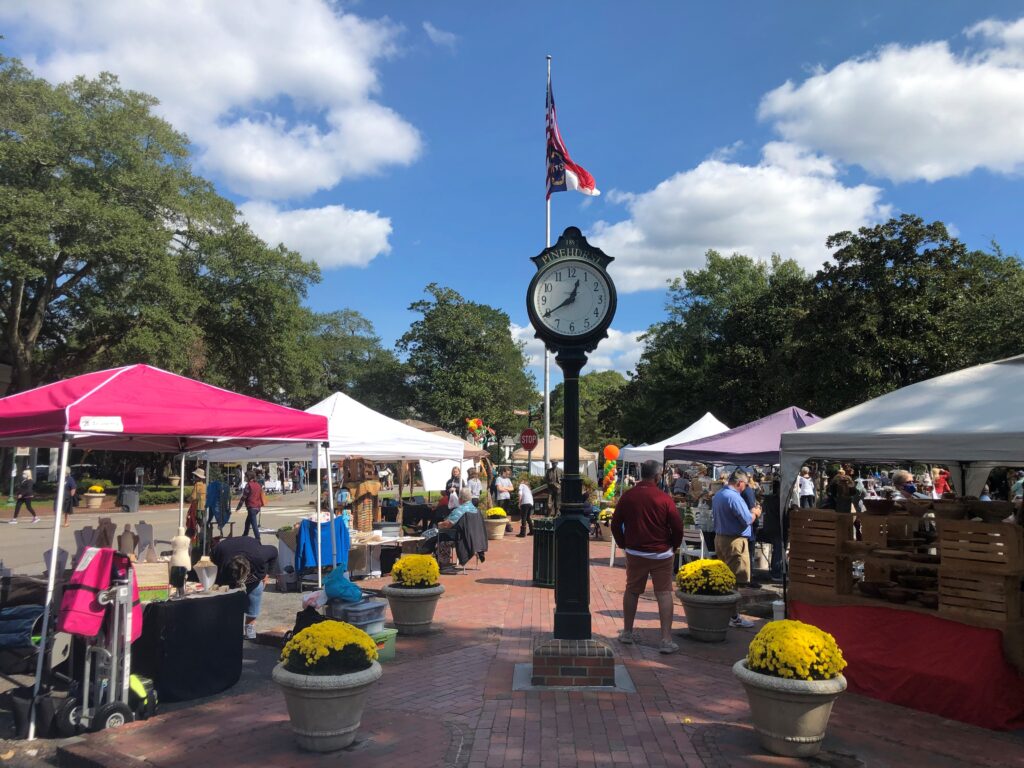
Fall Events Around the Sandhills

Celebrating NC Peaches

Kid You Not

Sleepy Summers No More

Getting Outside

When They Were Young
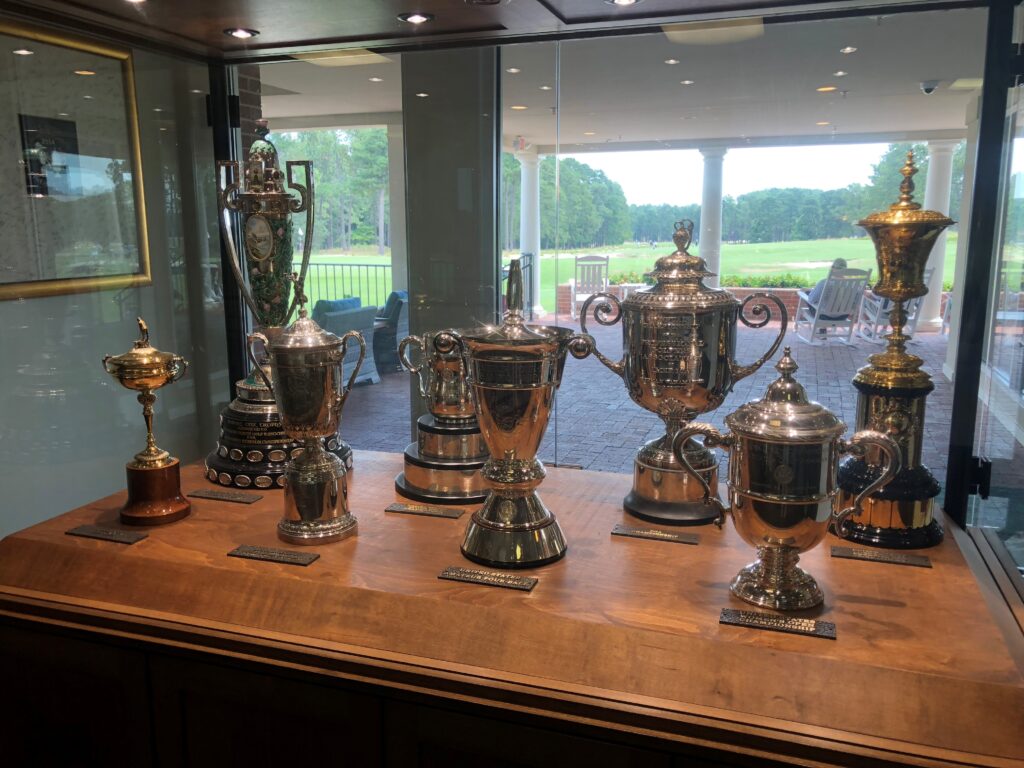
Pinehurst Major-itis

Loving Our Black & Whites
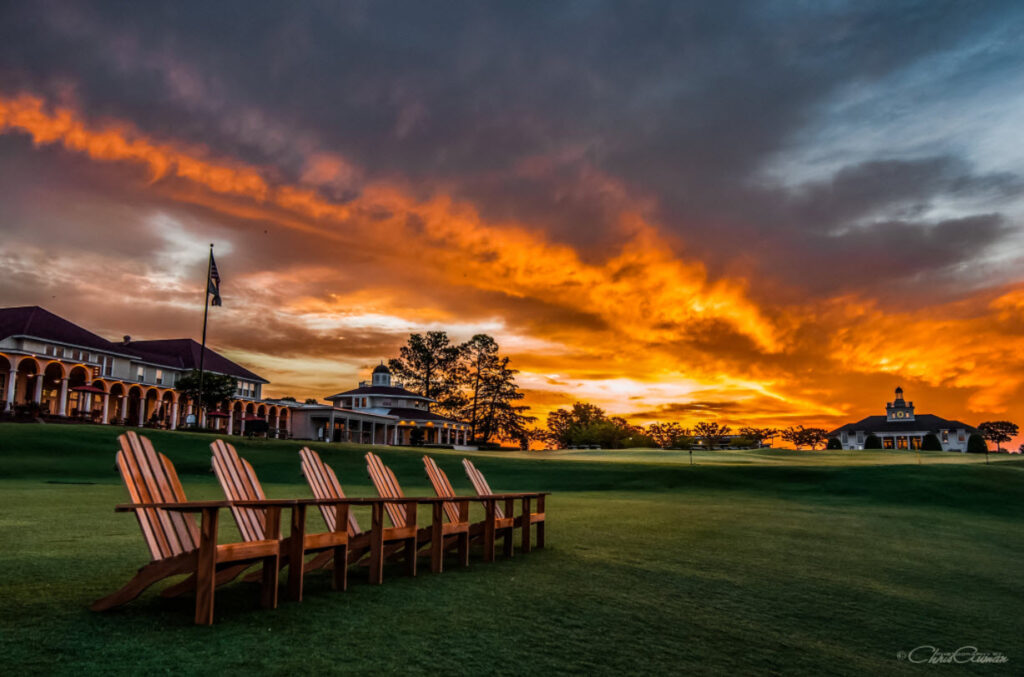
Lens of the Sandhills

Festival D’avion Named as Signature Event
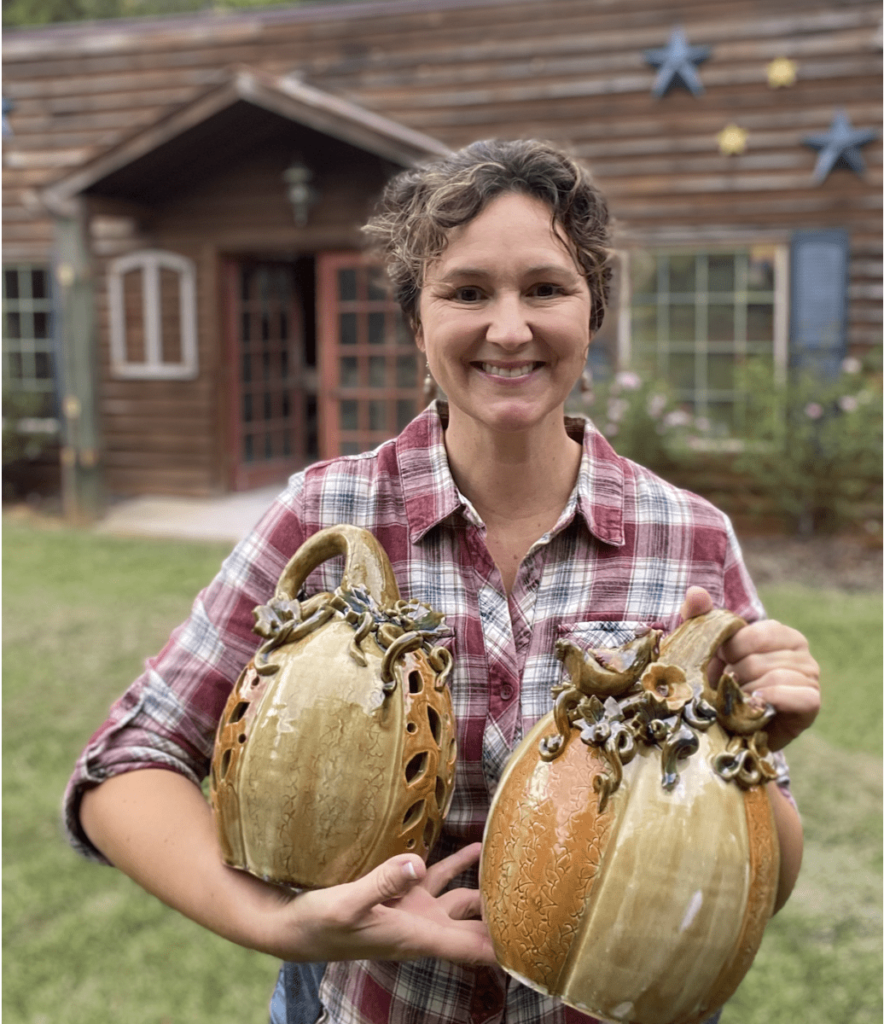
Celebrate American Craft Week

Act Two for Tot Hill Farm
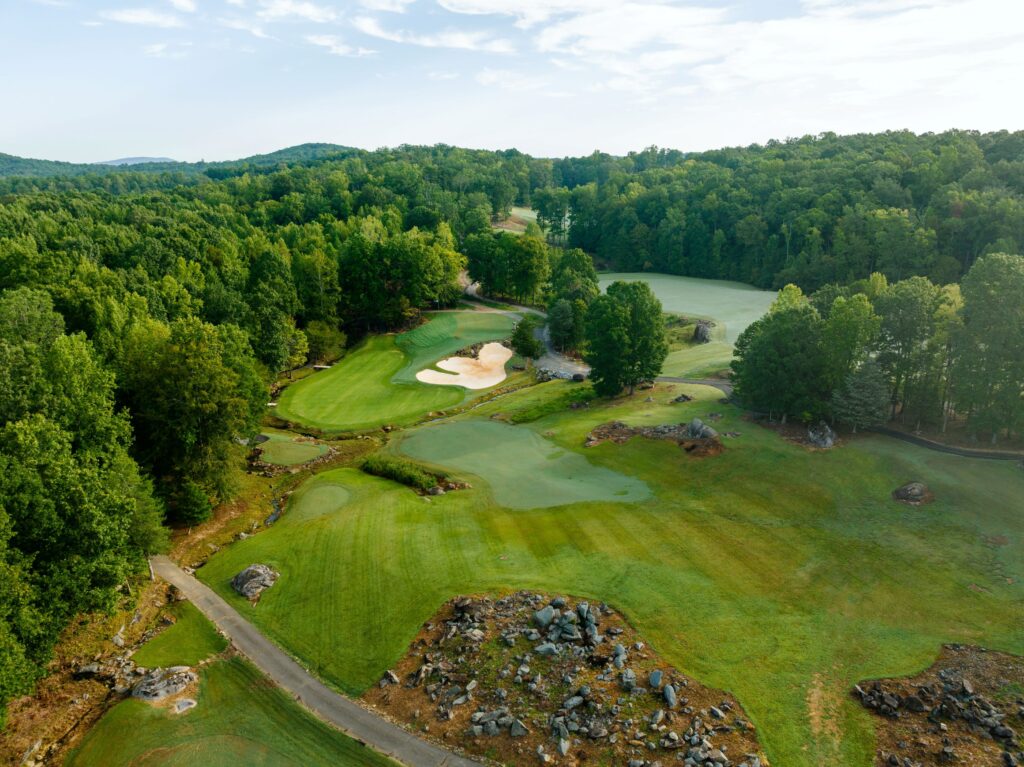
An Artist in the Dirt
Legends of the Pines

Breakfast Joints of the Sandhills

The Scottish Invasion

To Dornoch and Back
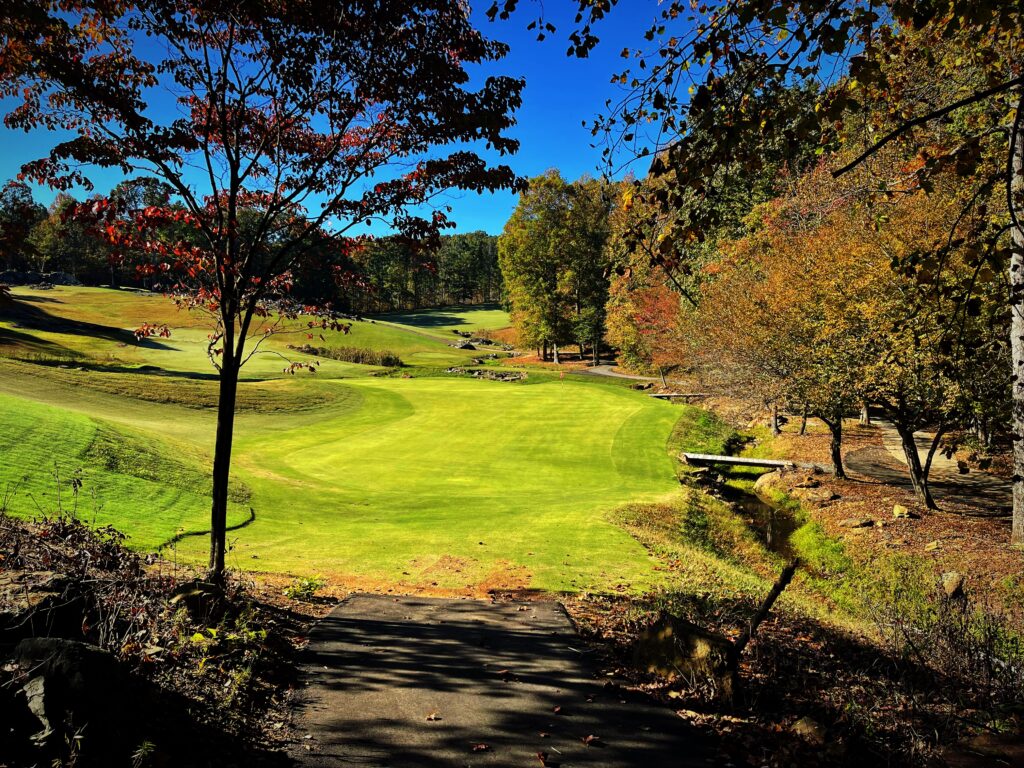
A “New” Pinehurst Welcomes the World in 2024
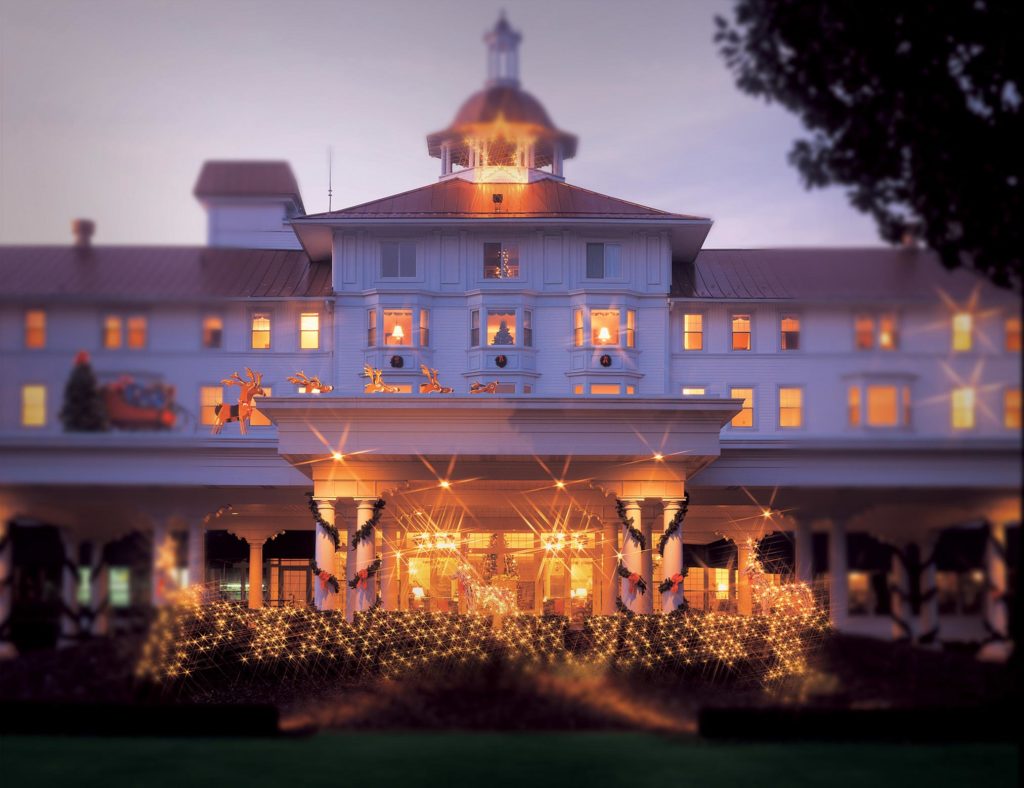
Pinehurst Holiday

Golfers Gift Guide
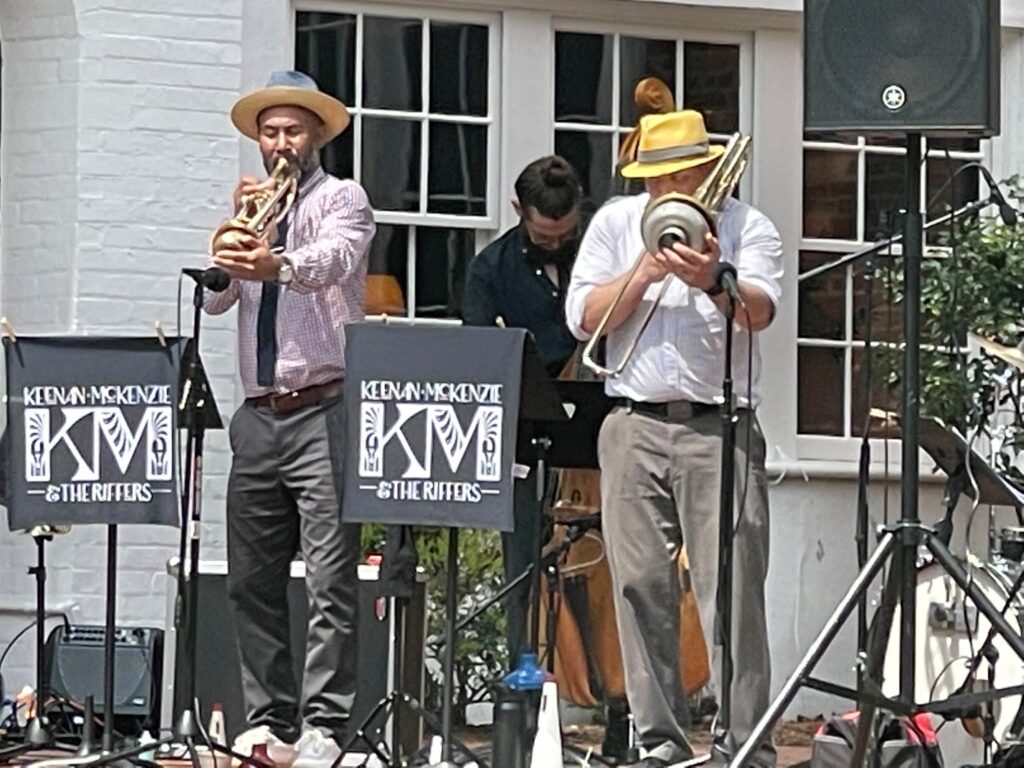
Sandhills Nightlife Scene

A U.S. Open Year

Payne at 25

Where to Antique in Cameron and Carthage

Girls’ Weekend in Moore County
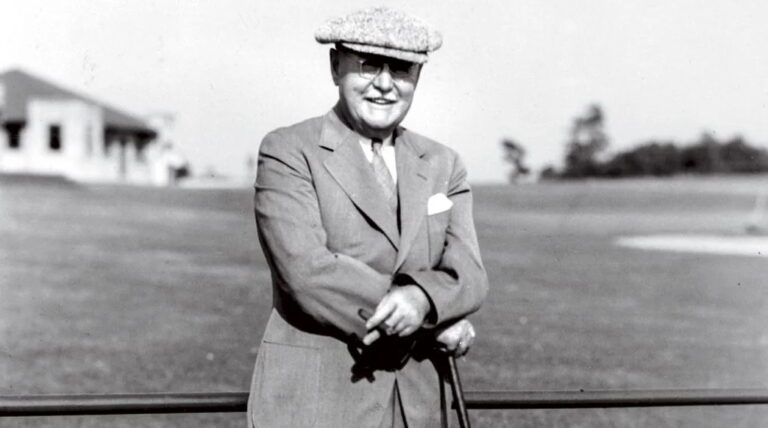
Sandhills Hall of Fame
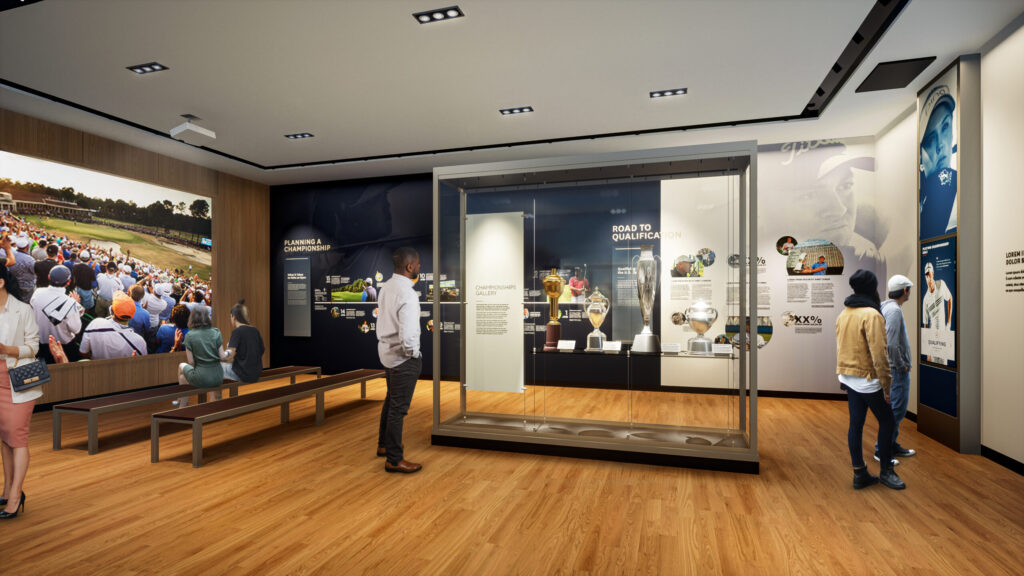
Hall of Fame Take Two
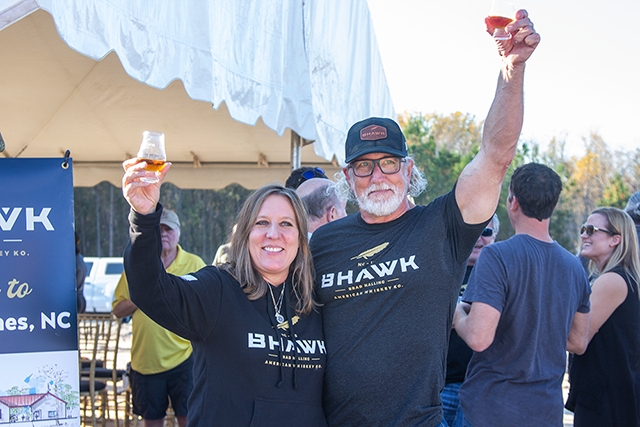
BHAWK Distillery Toasts Military Spirit

A Dozen Master Strokes
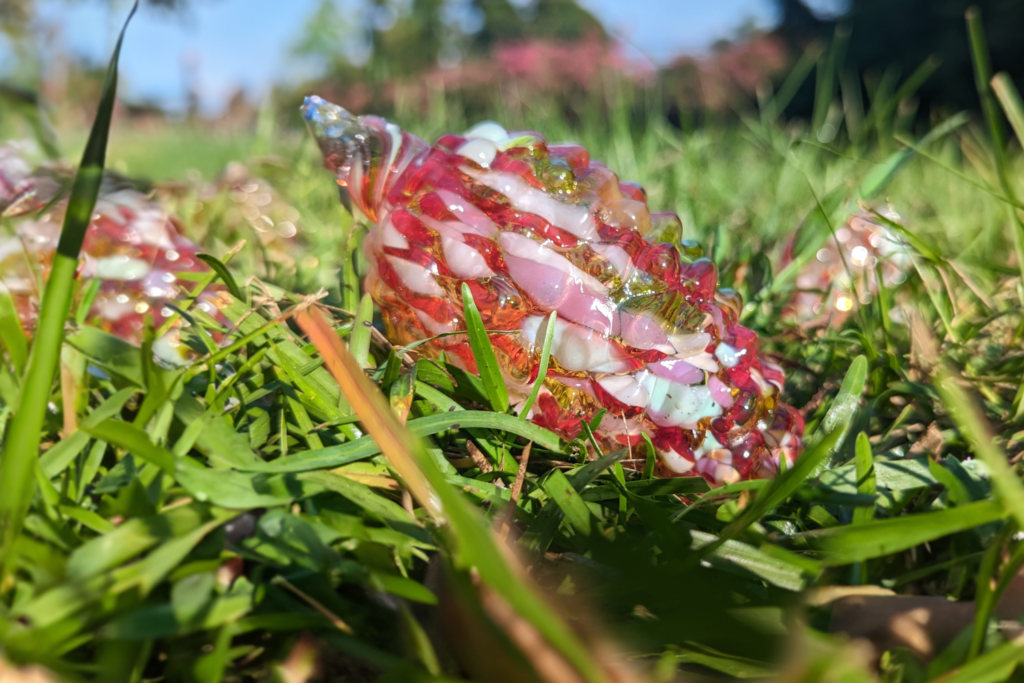
Popular Pinecone Pathways Returns for Spring 2024
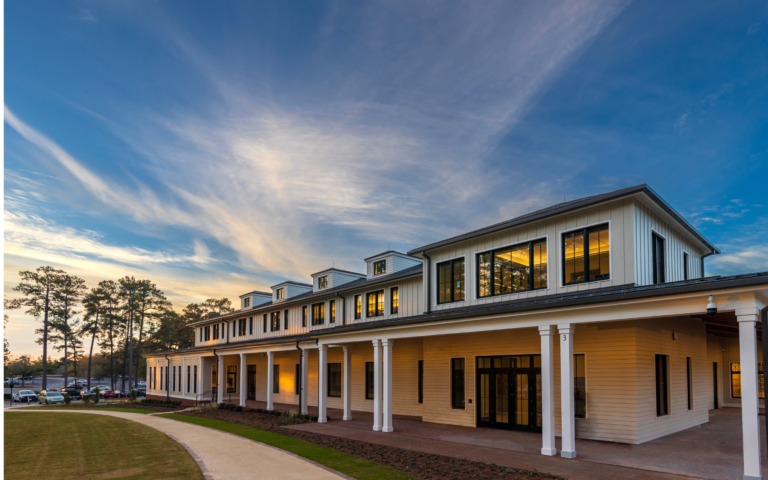
The Dynamic Decade
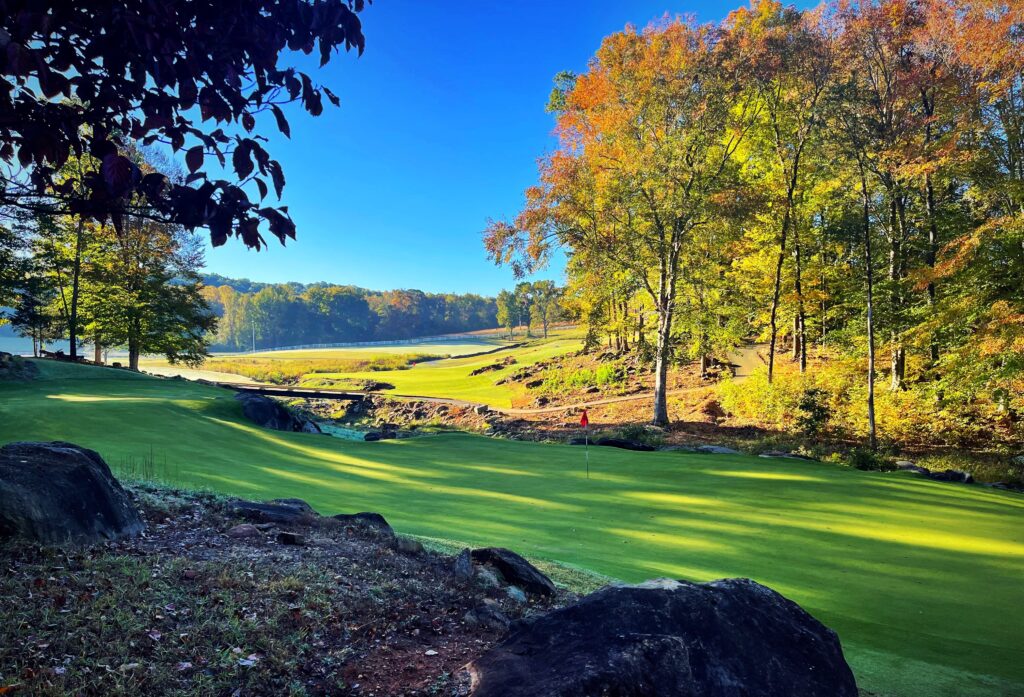
Sandhills Pours Double Dose
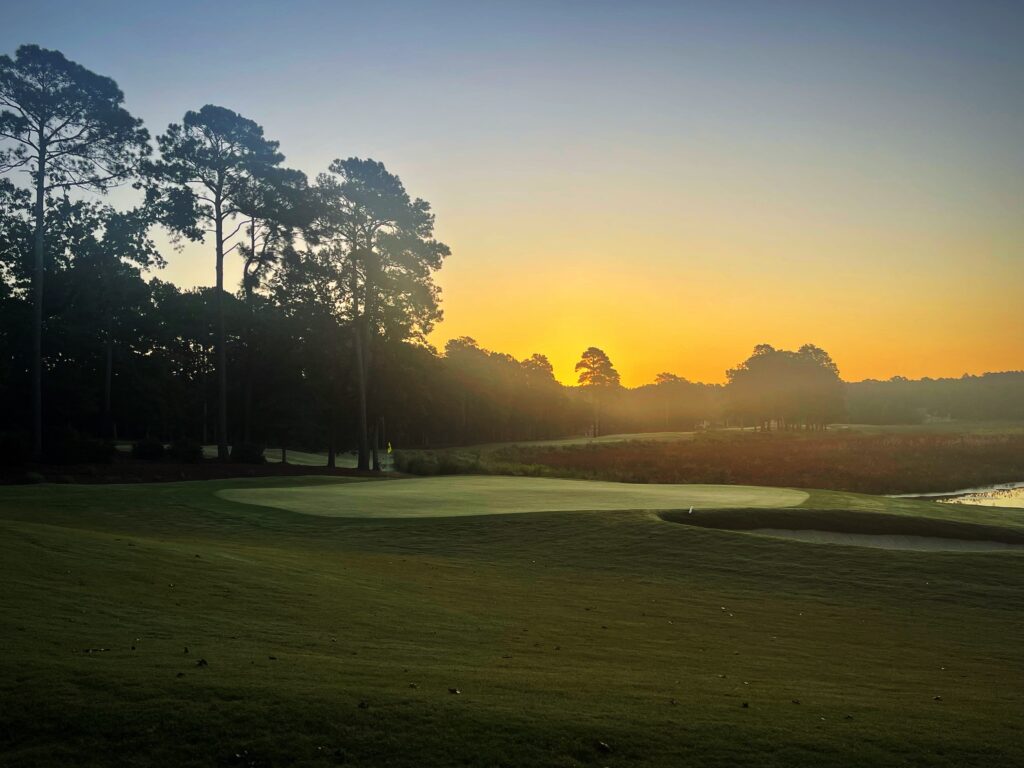
Rebirth at Woodlake

Pints in the Pines: A Guide to the Breweries of the Sandhills

